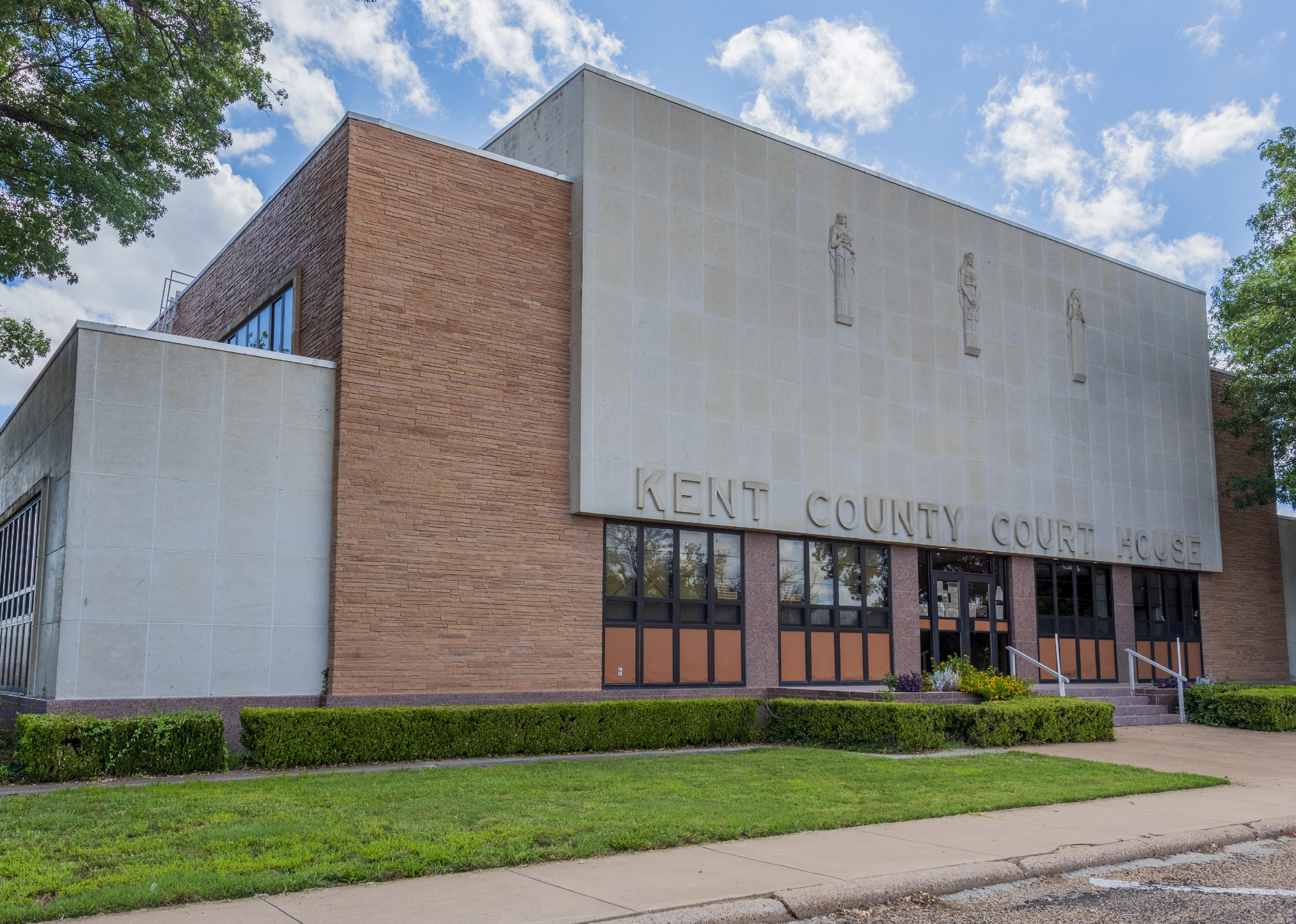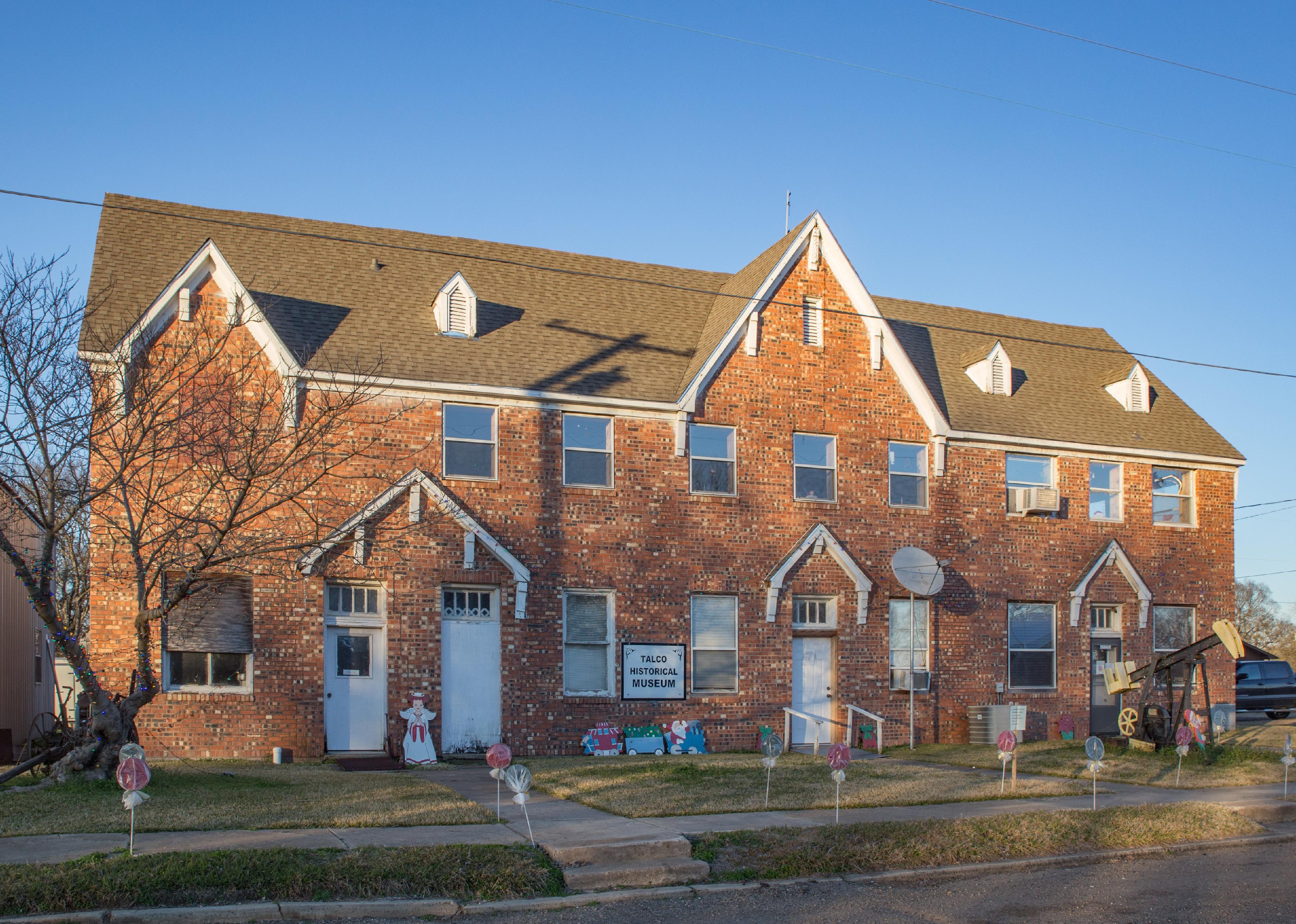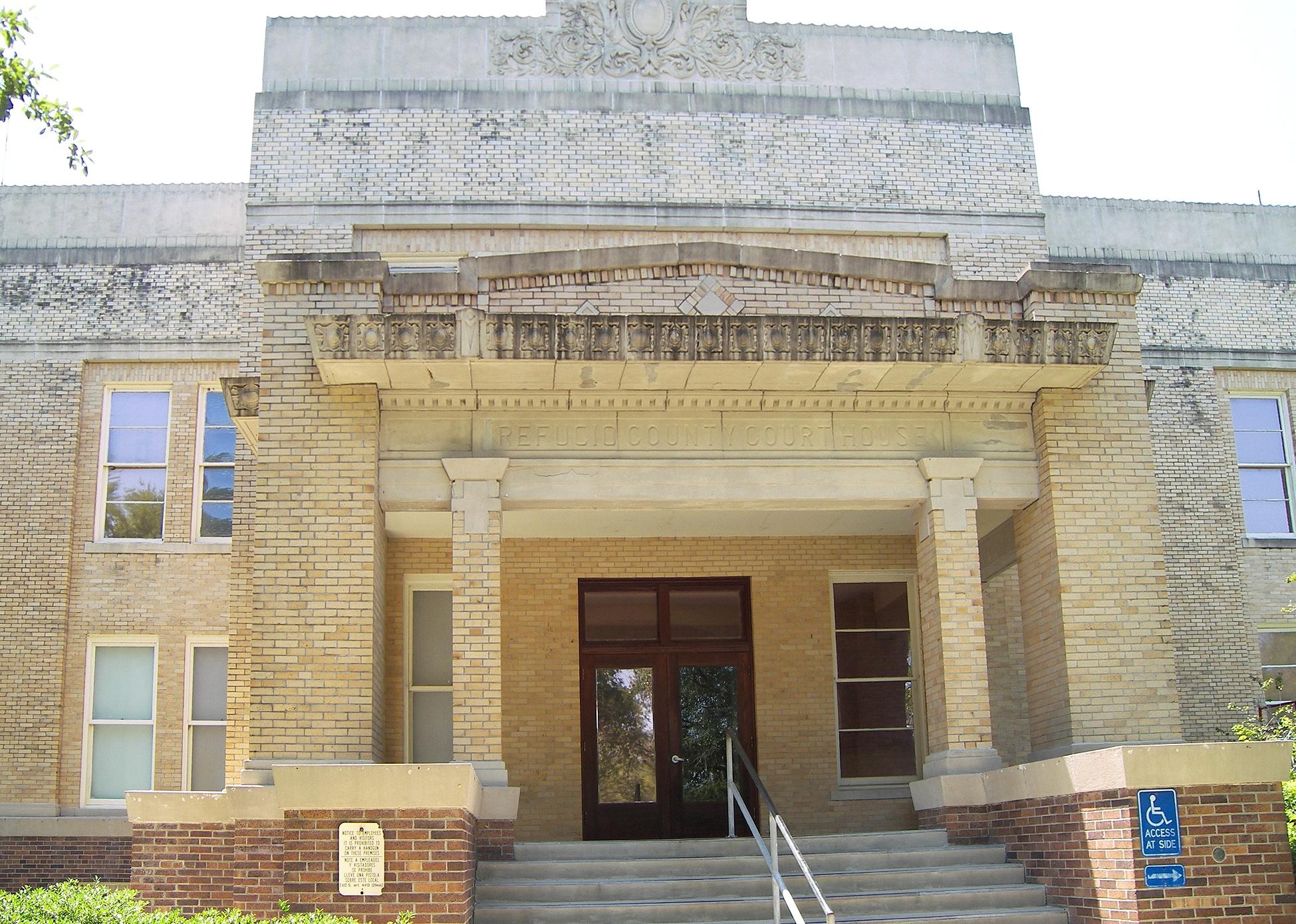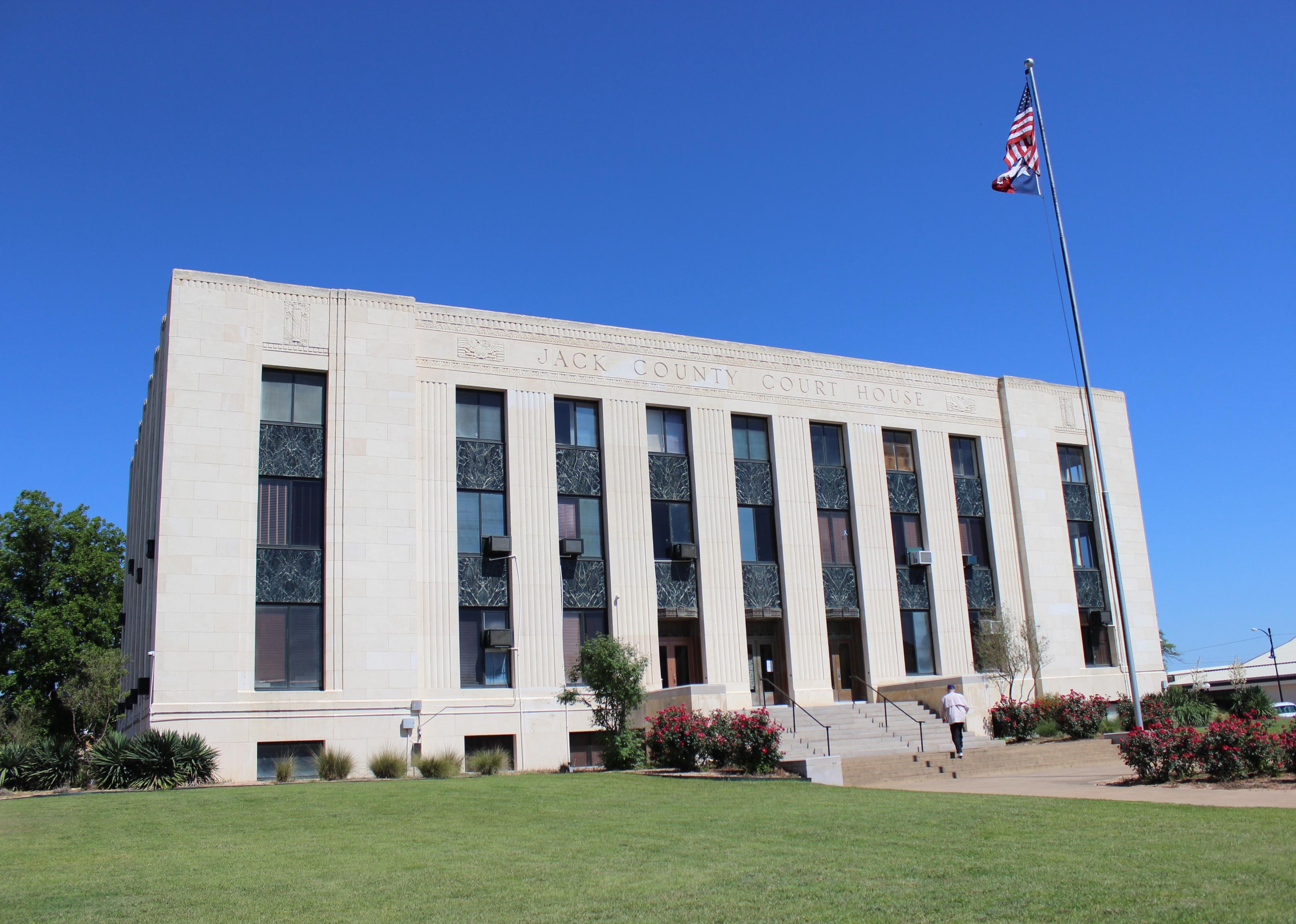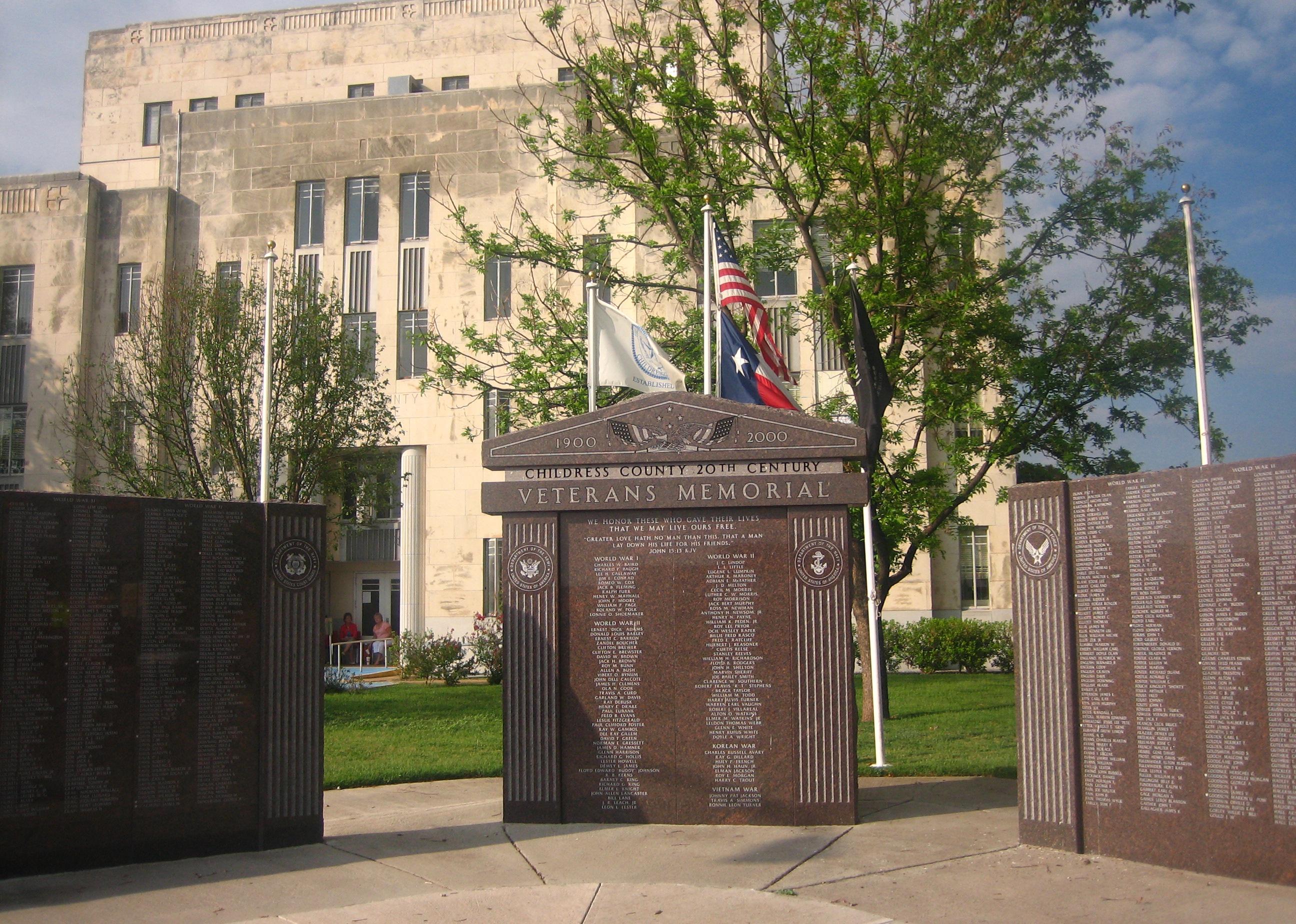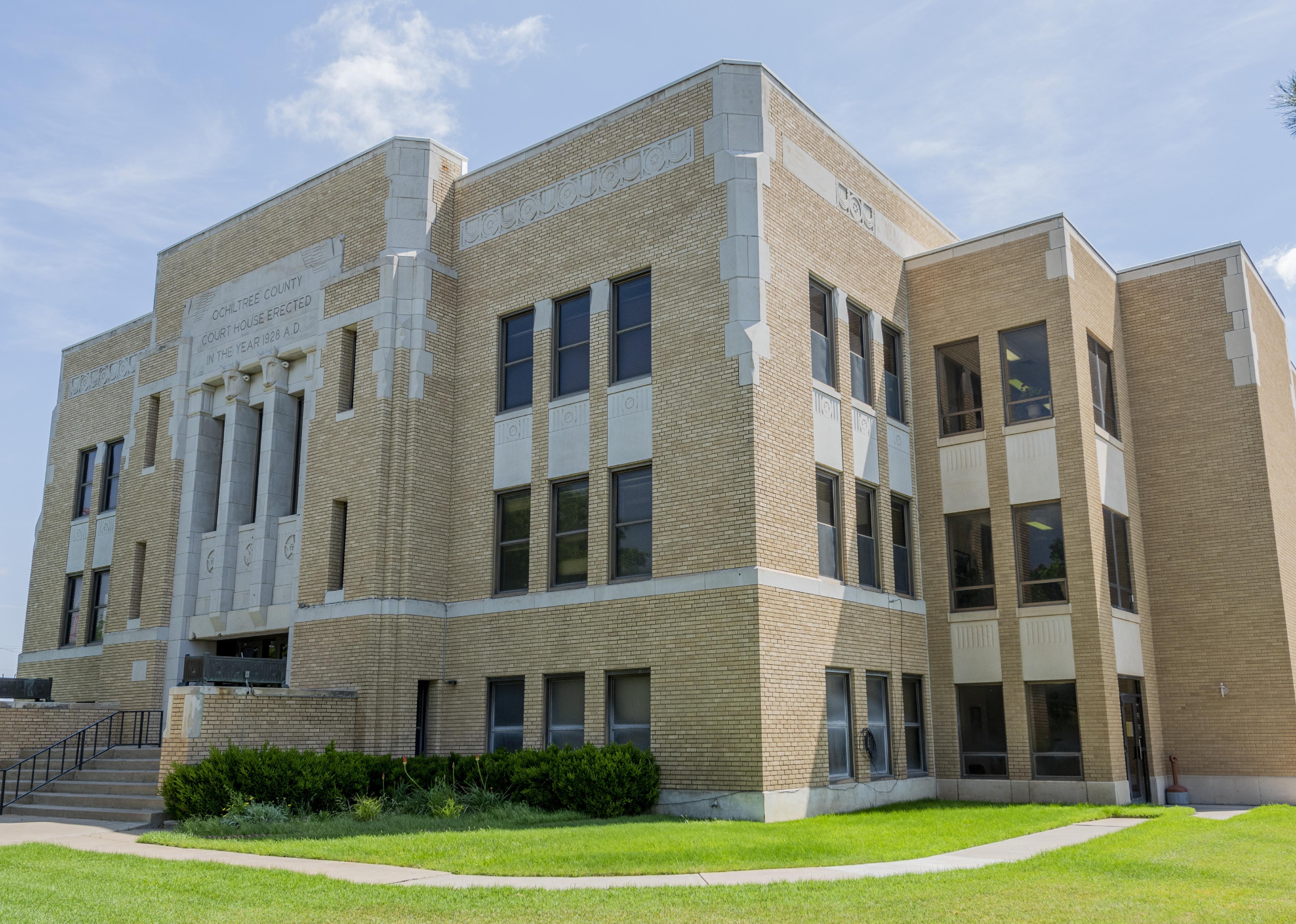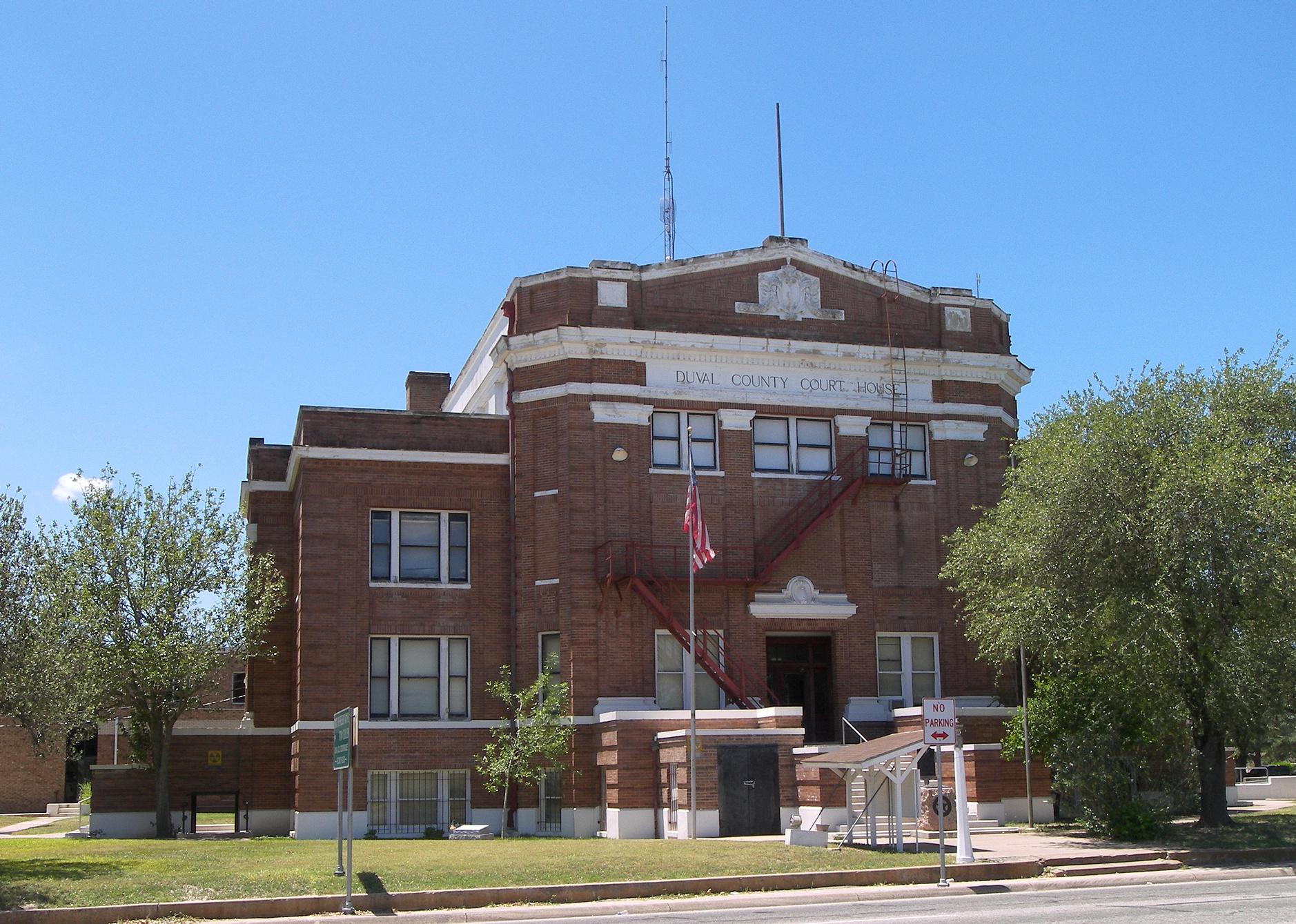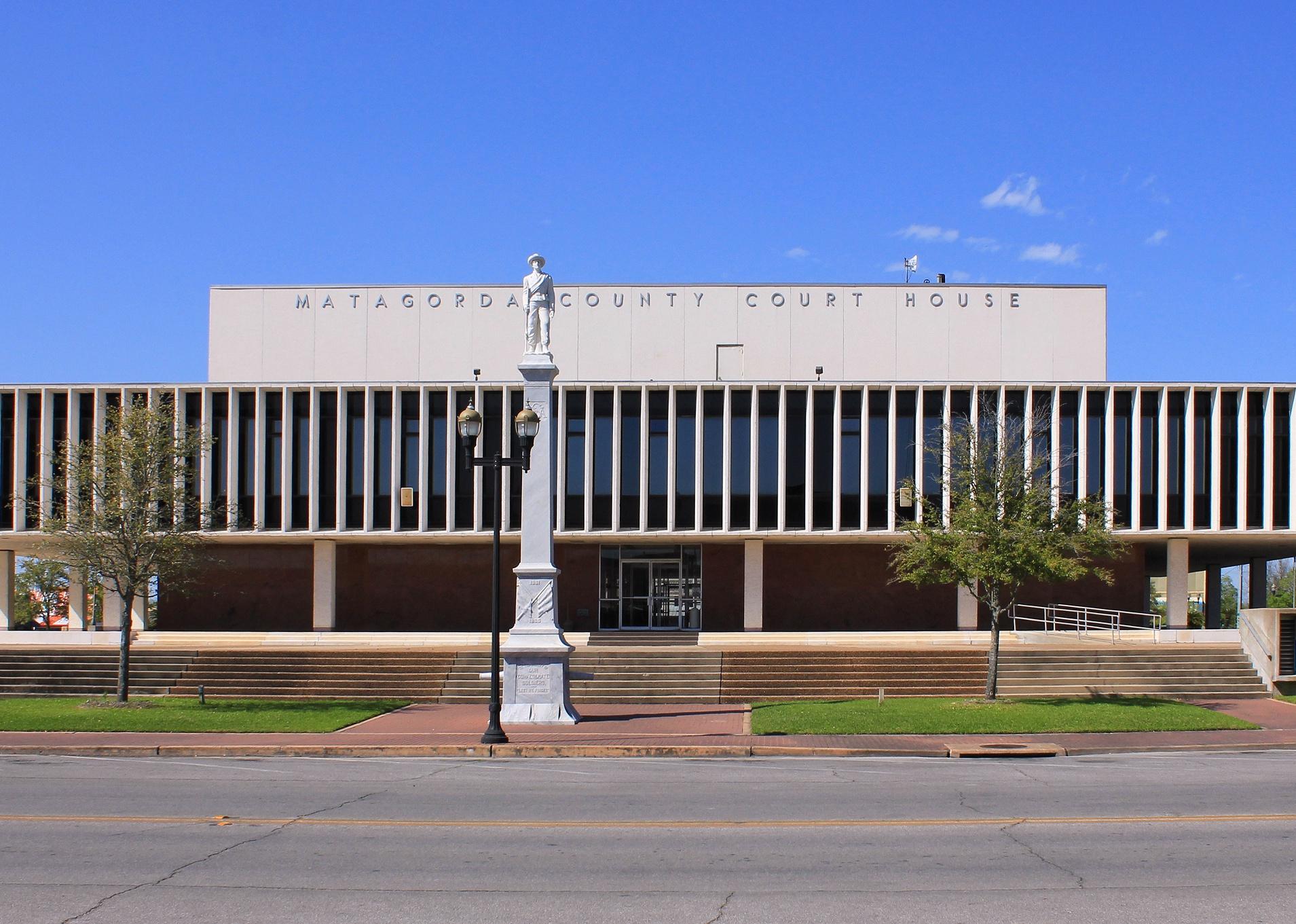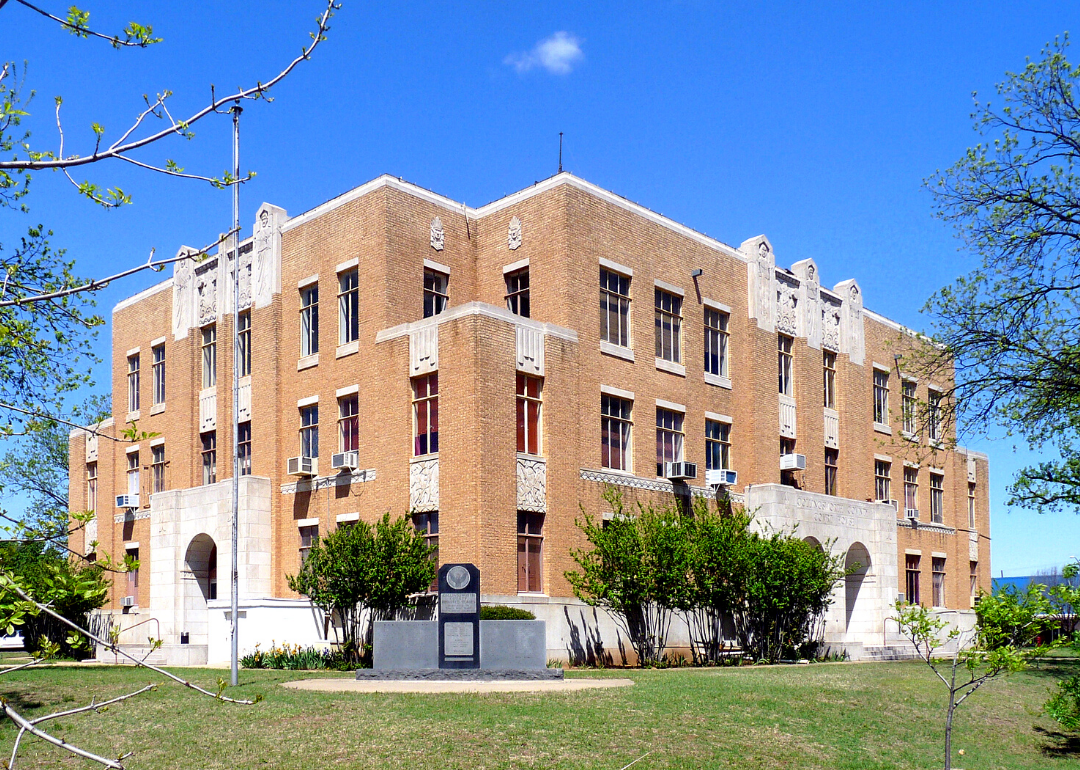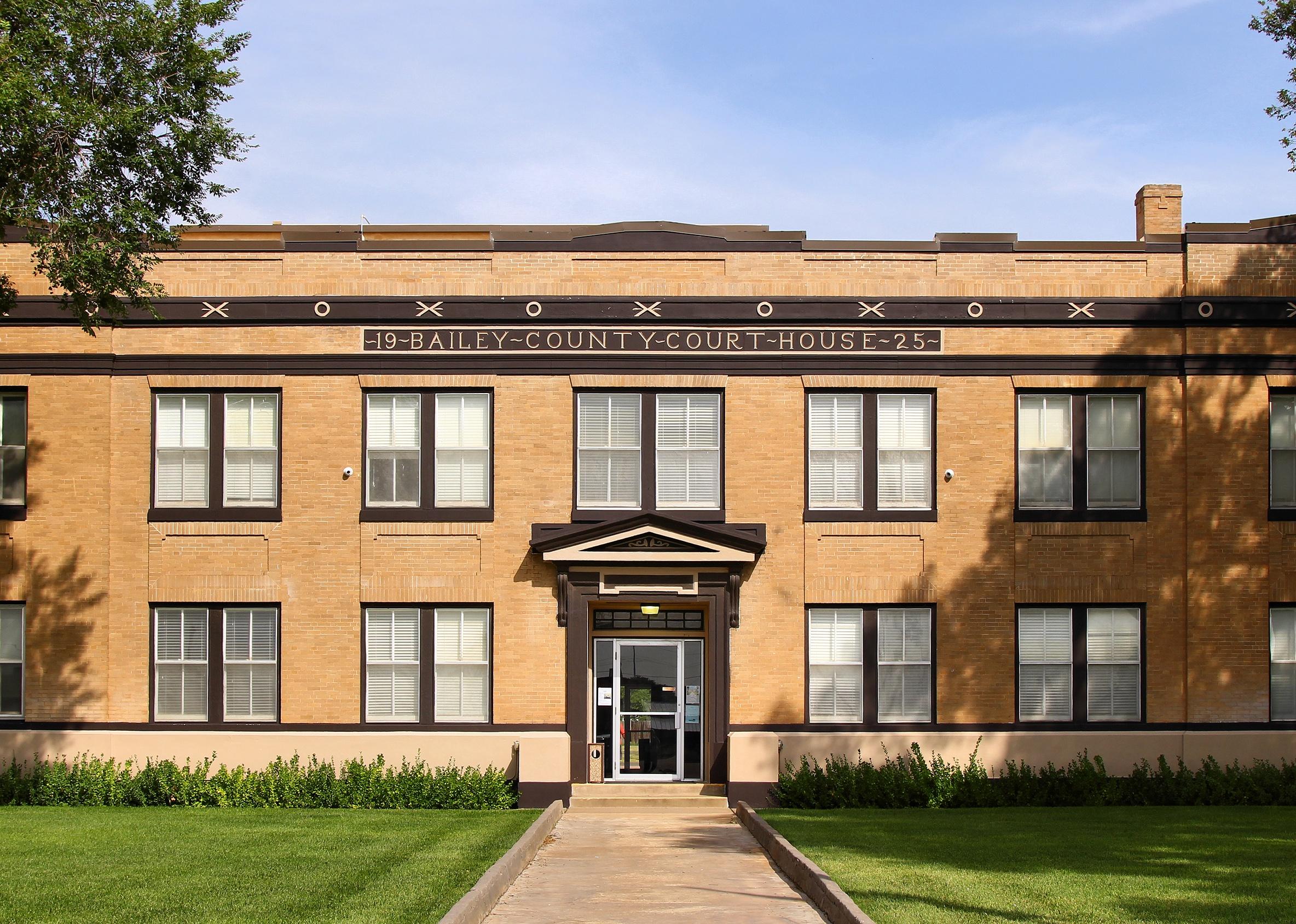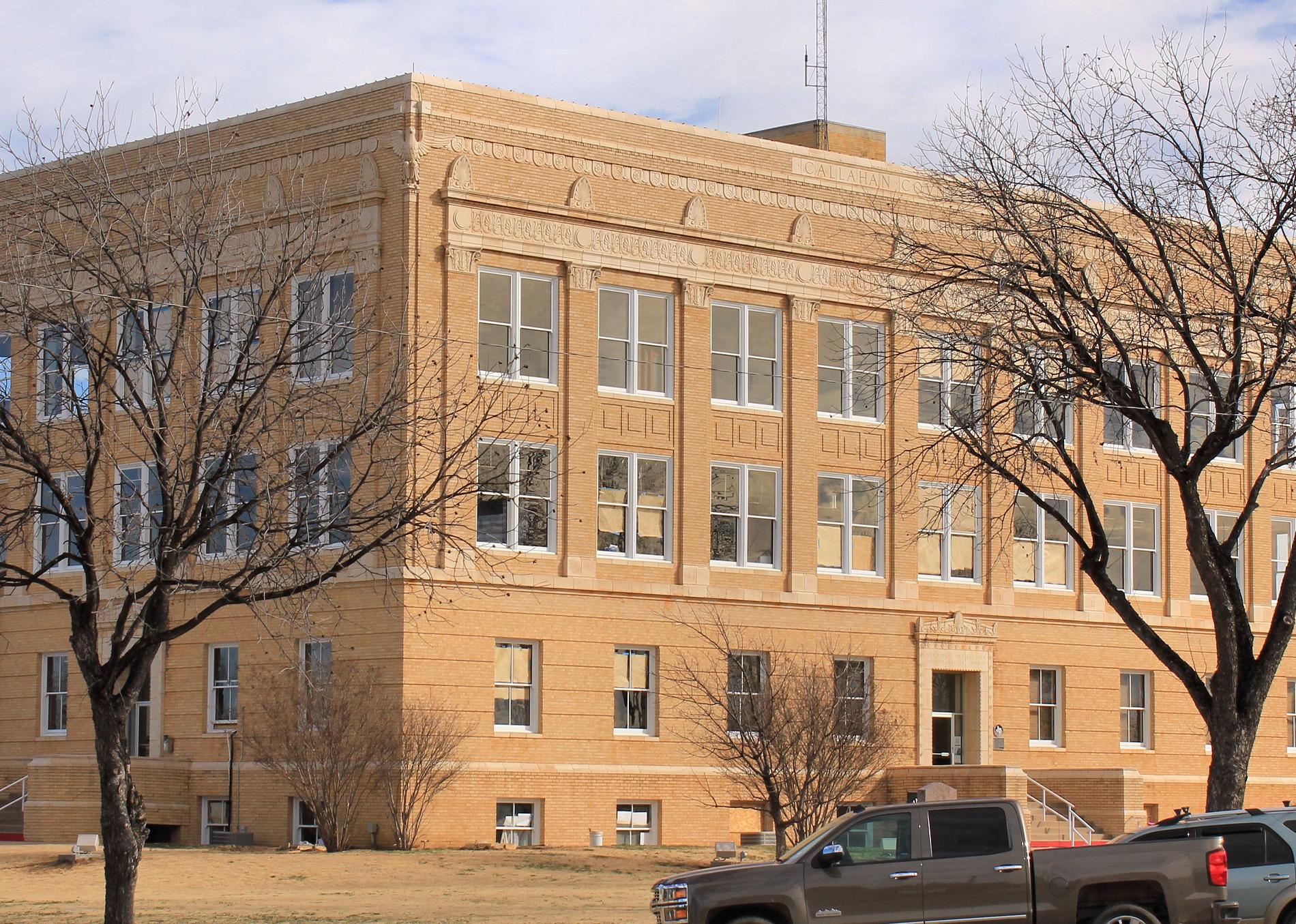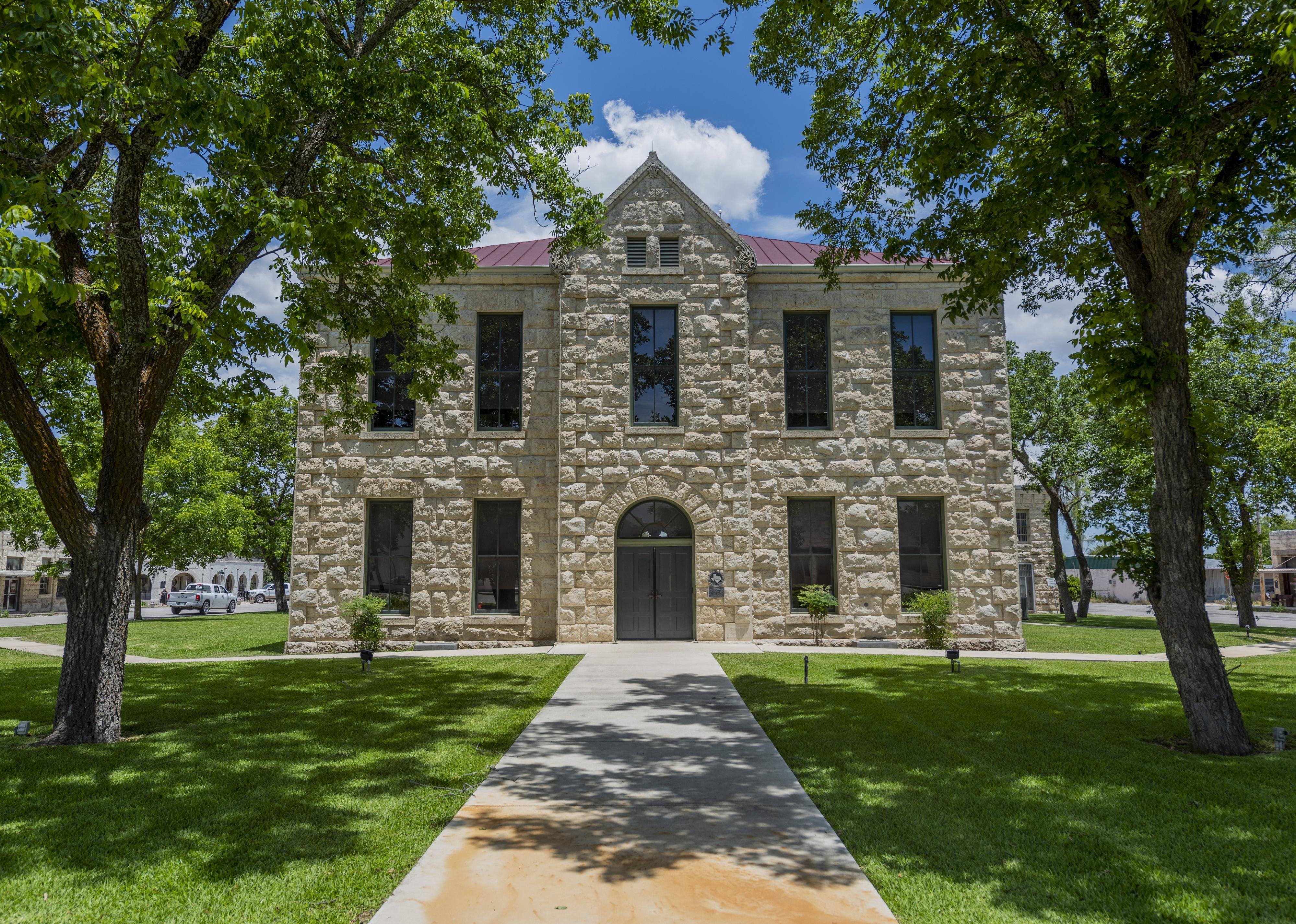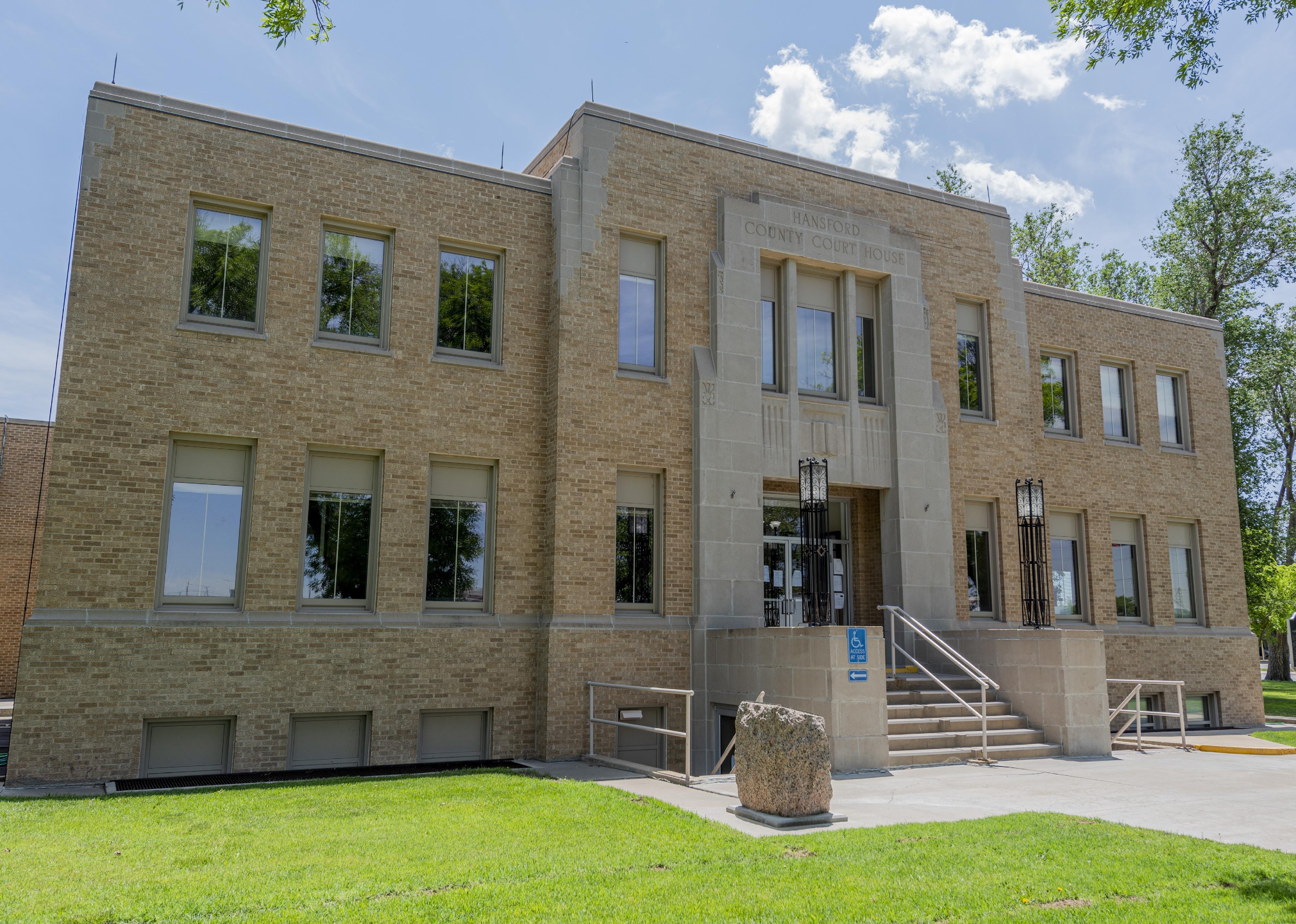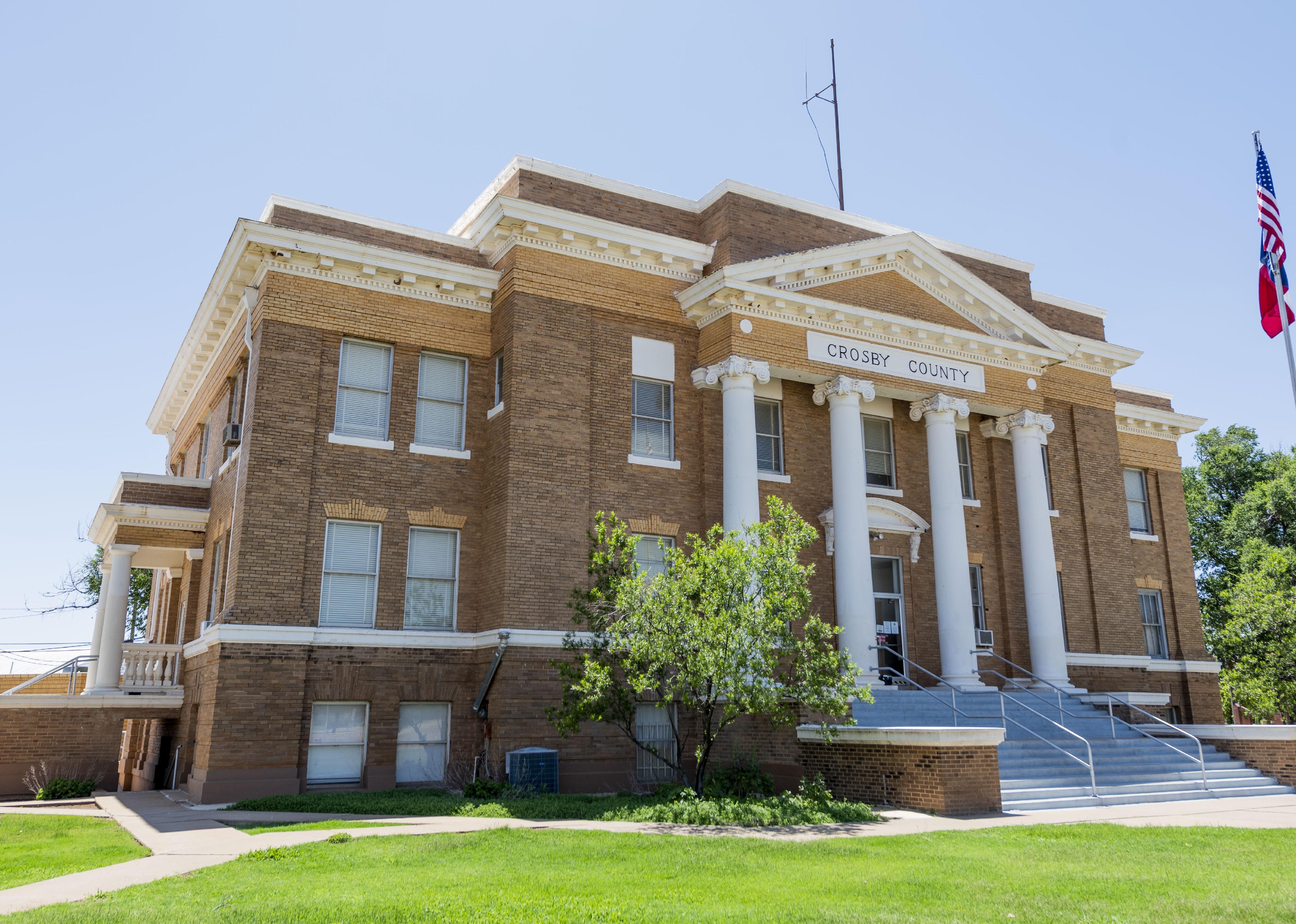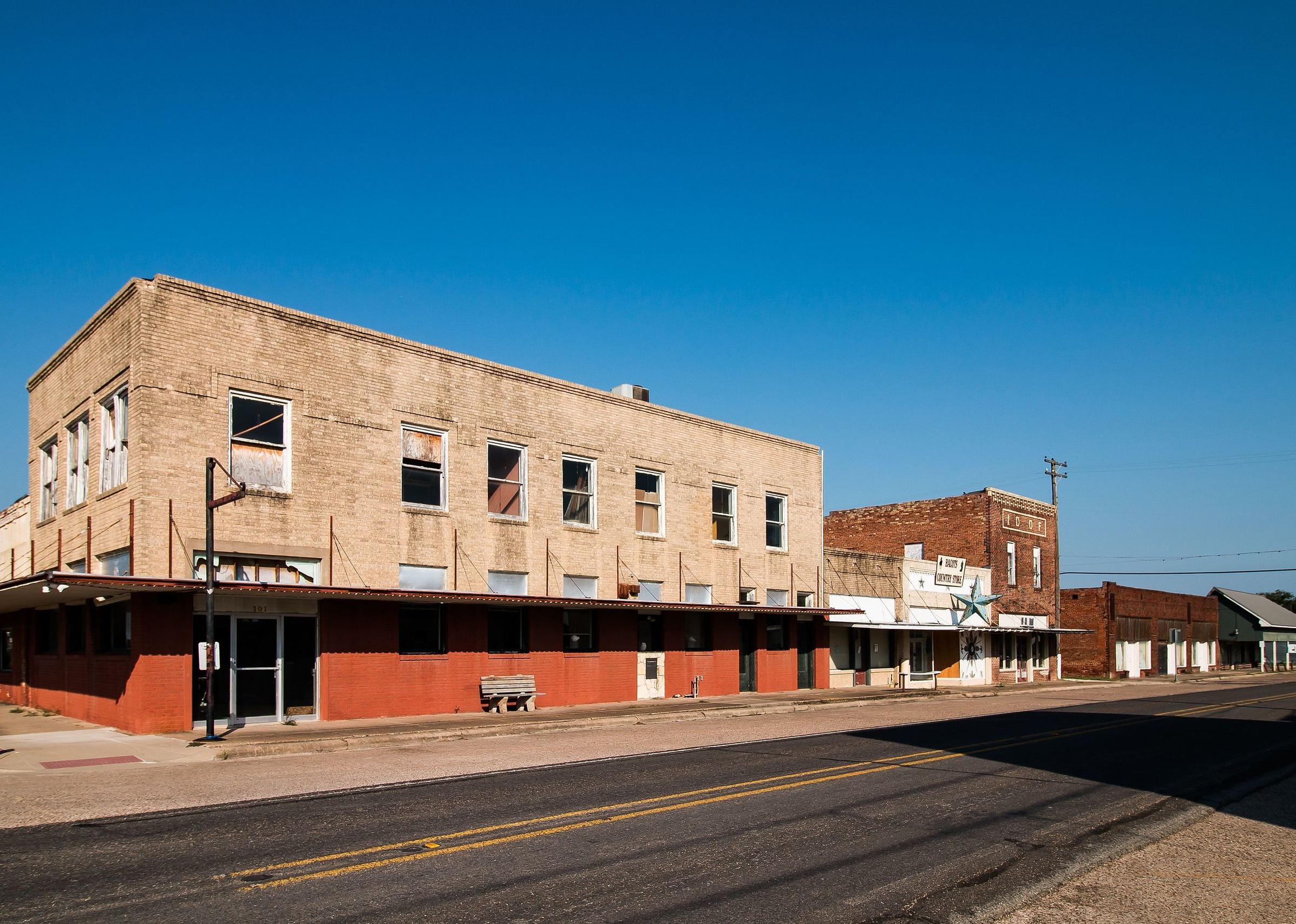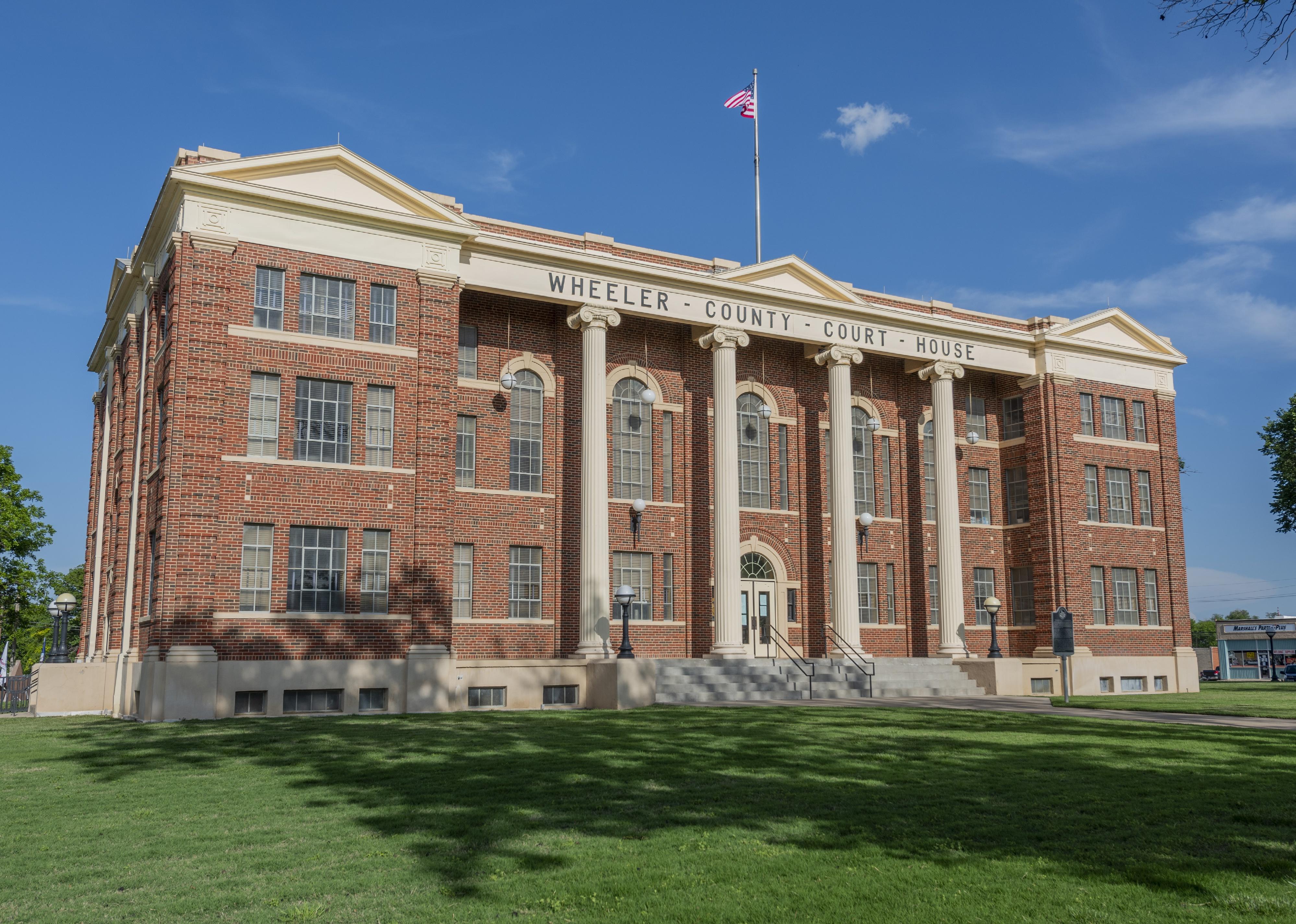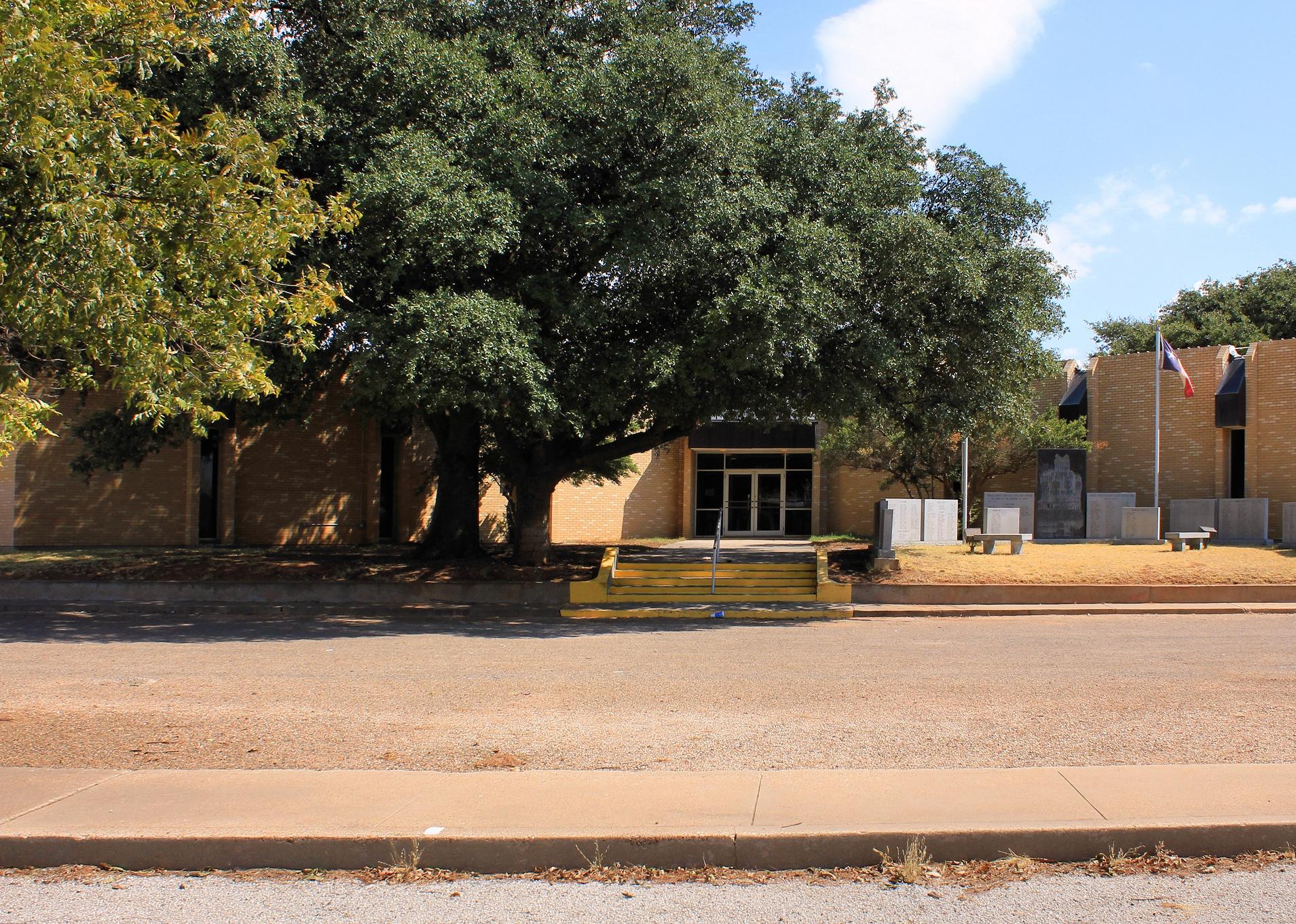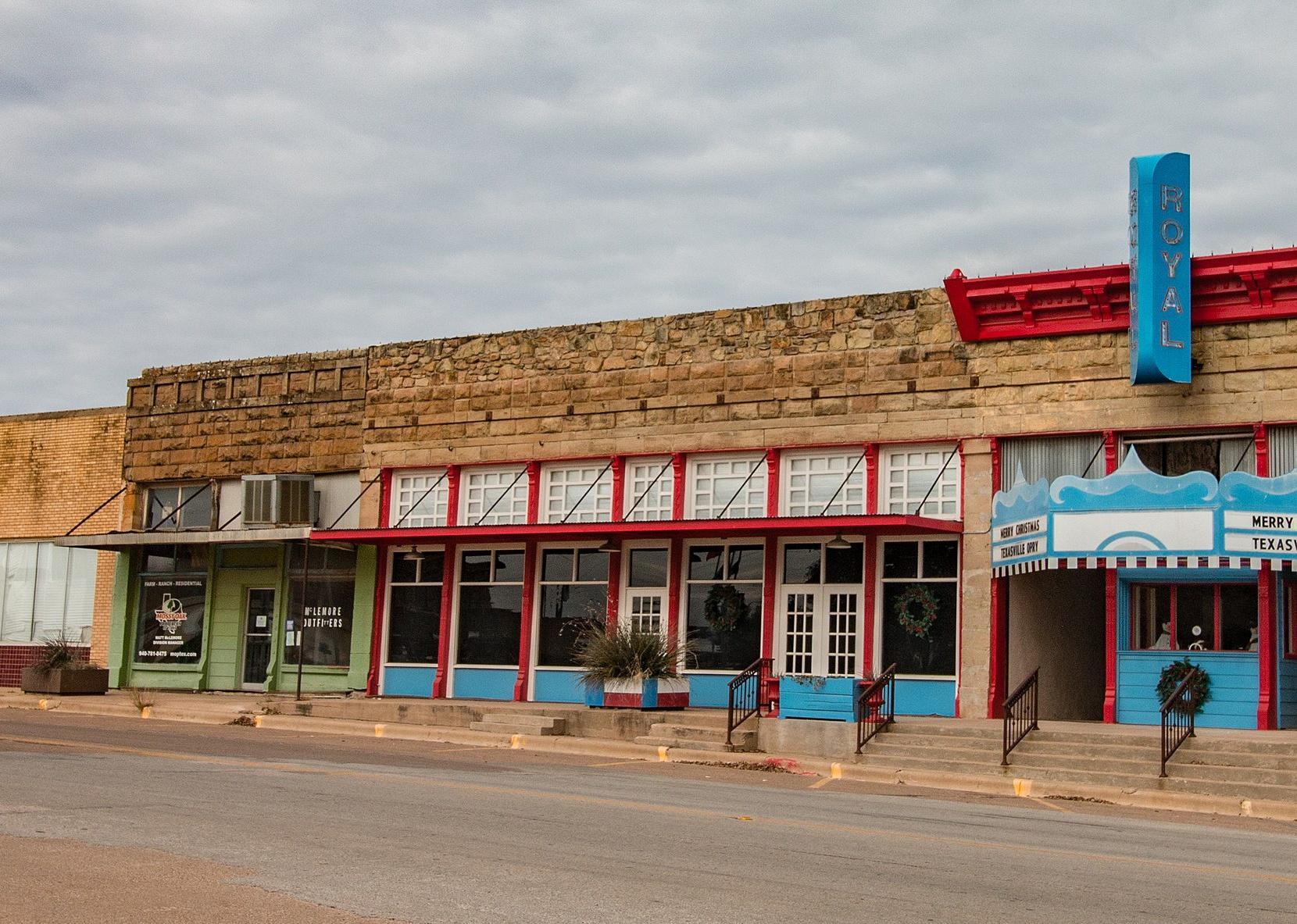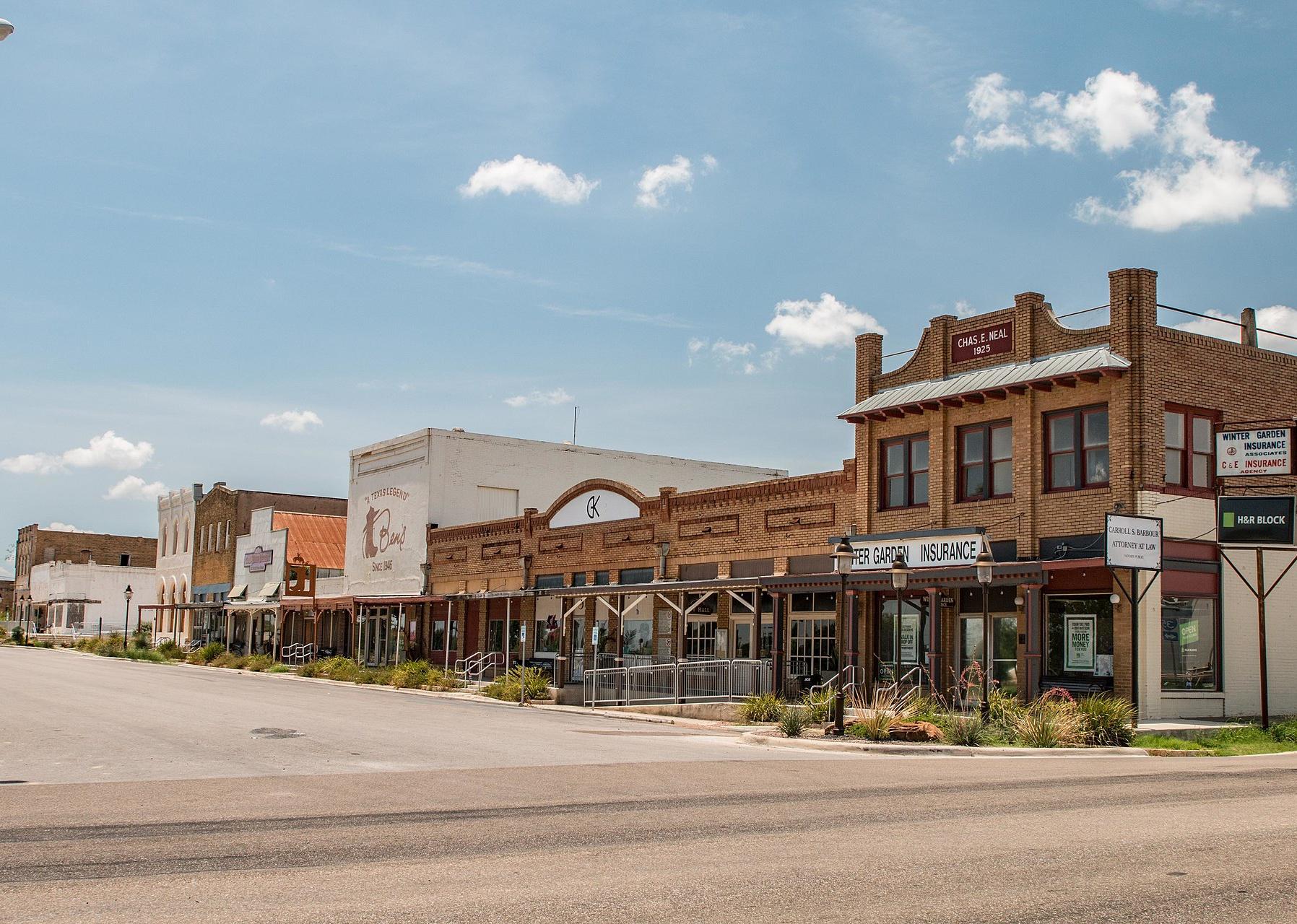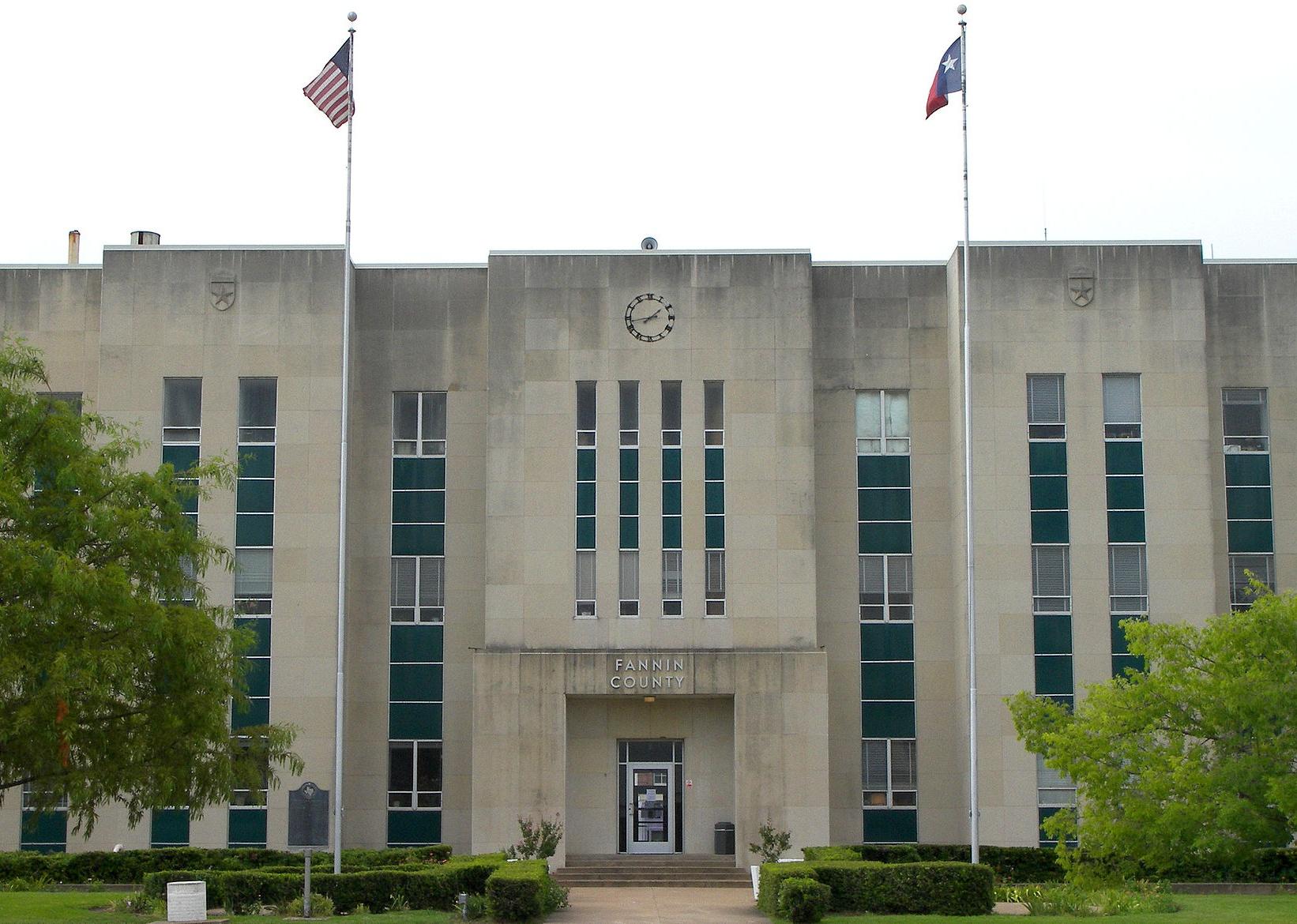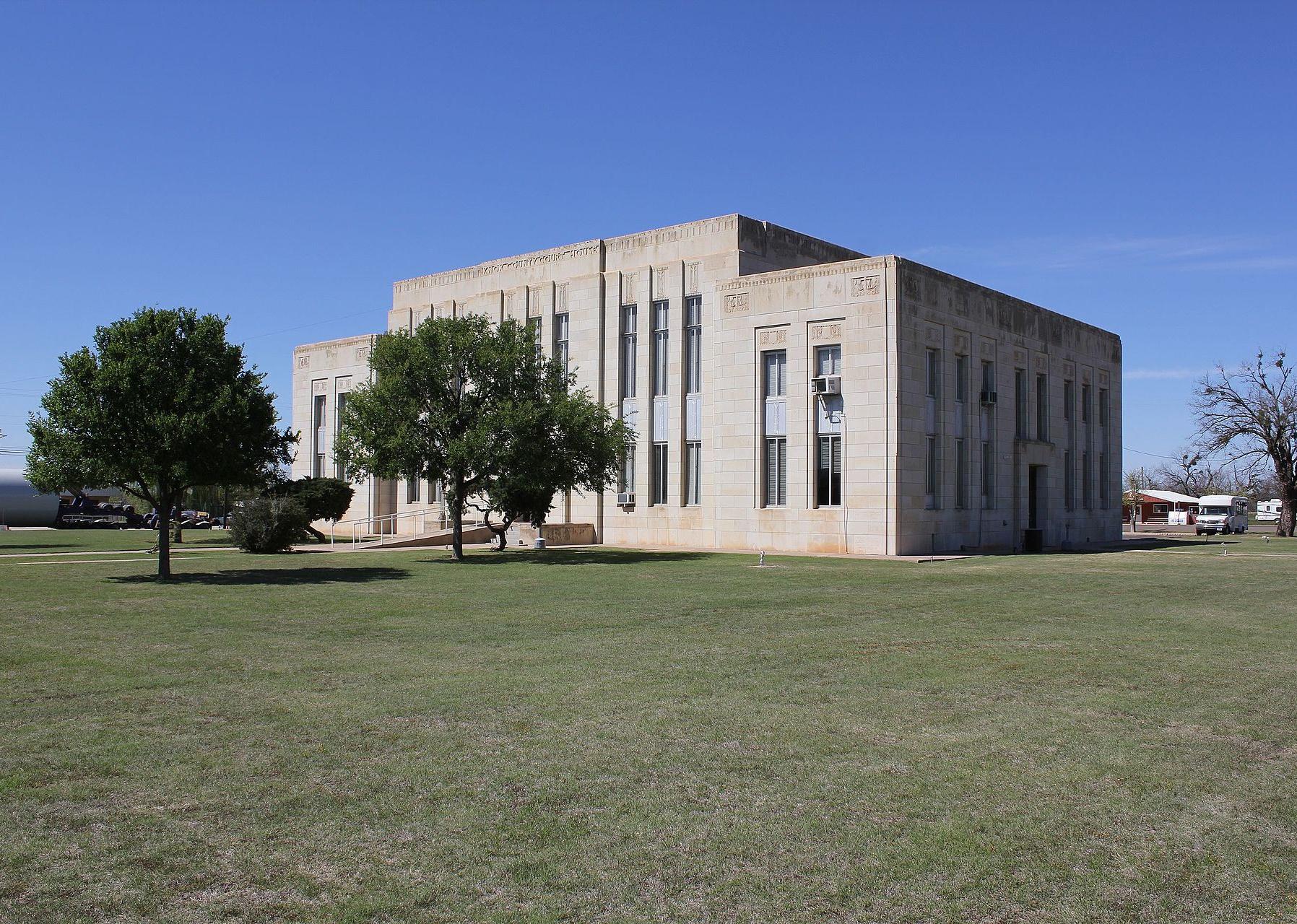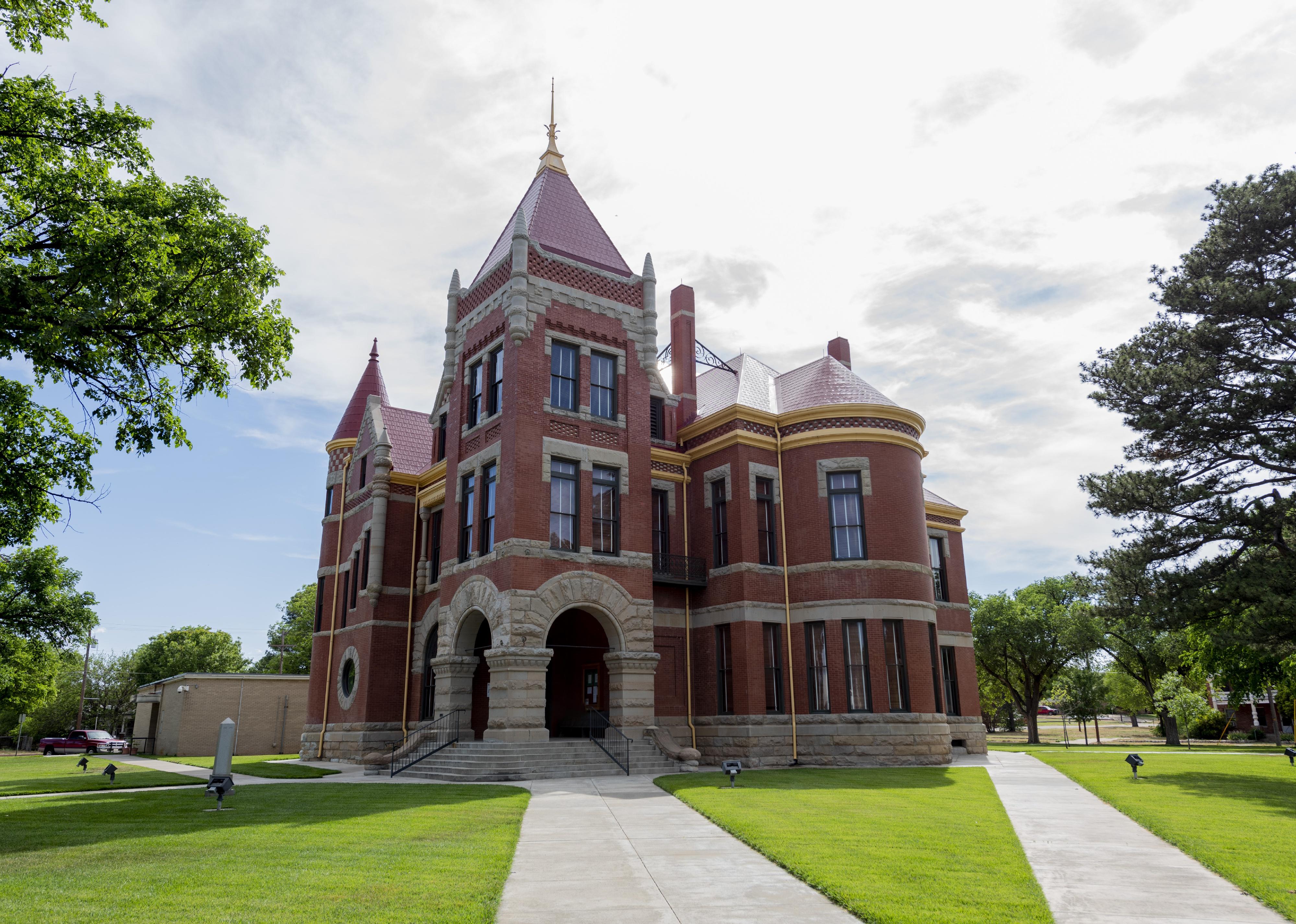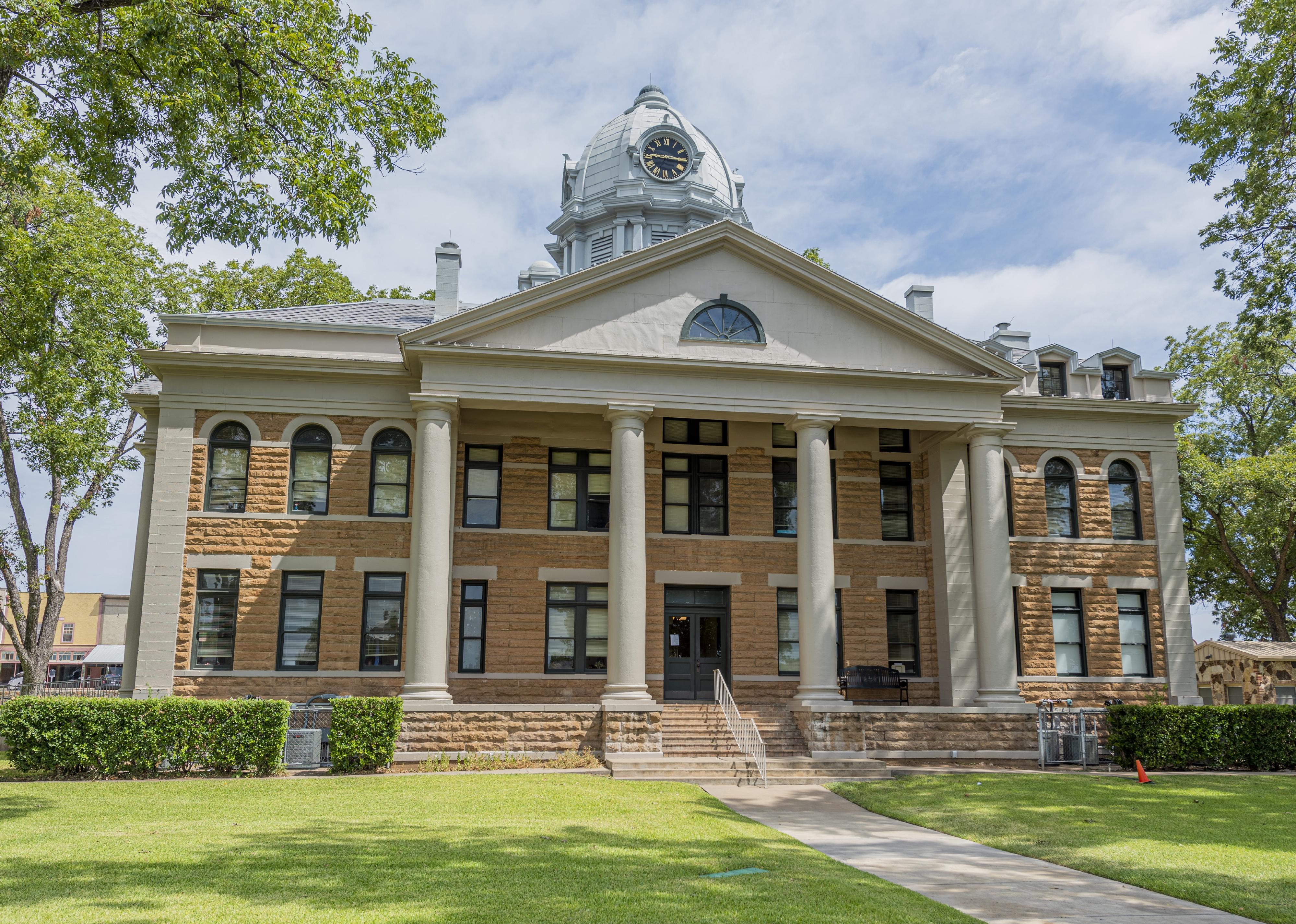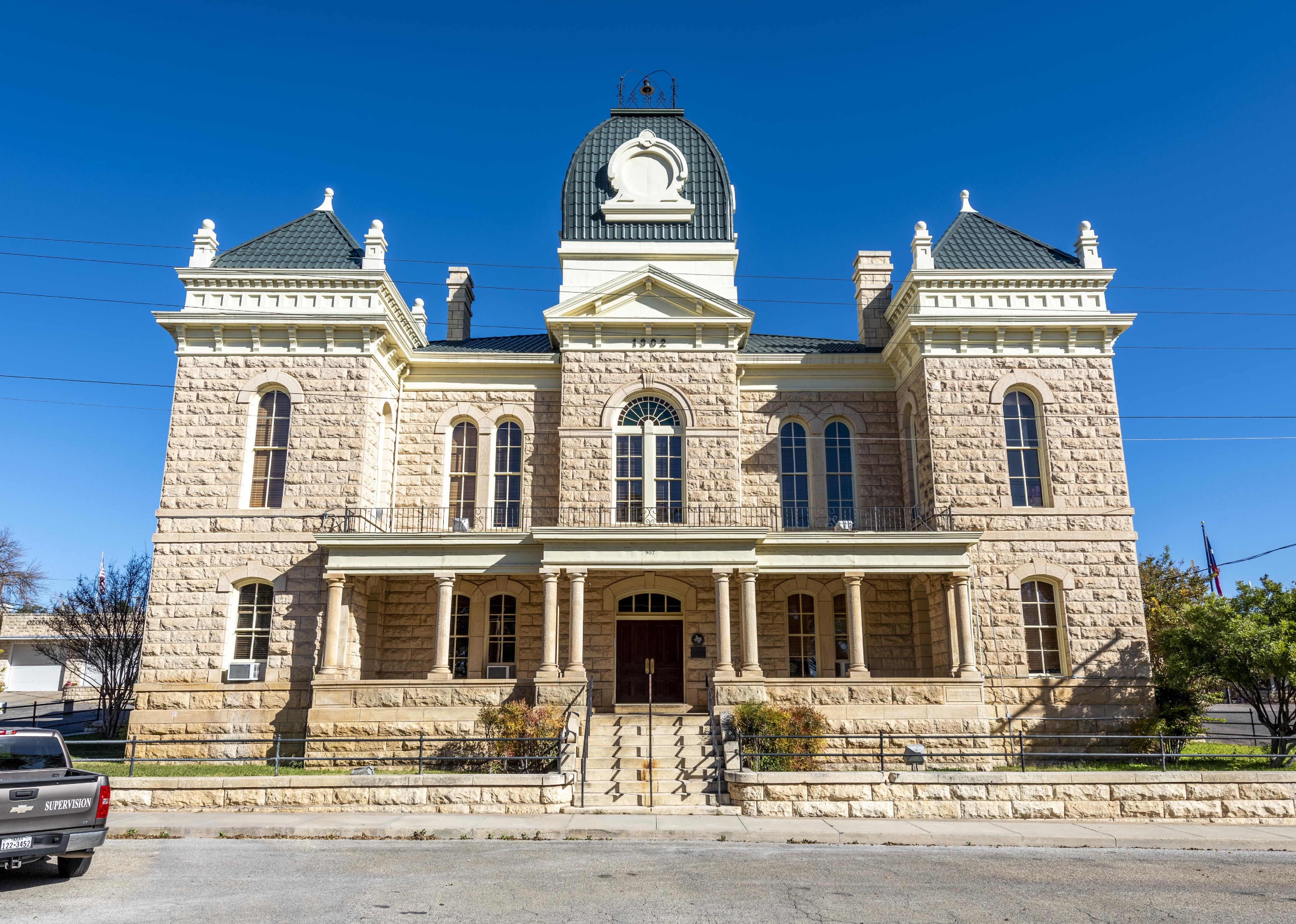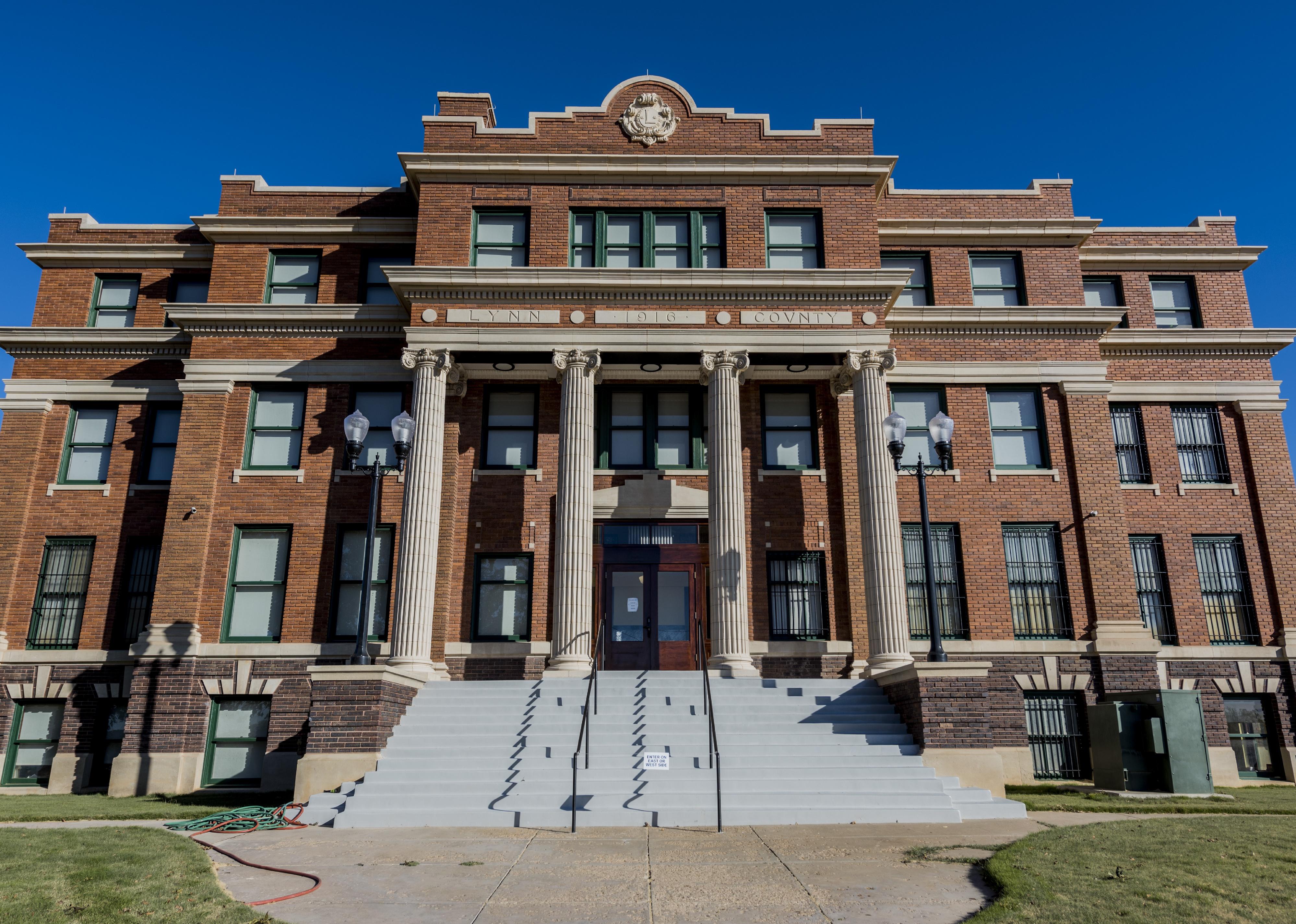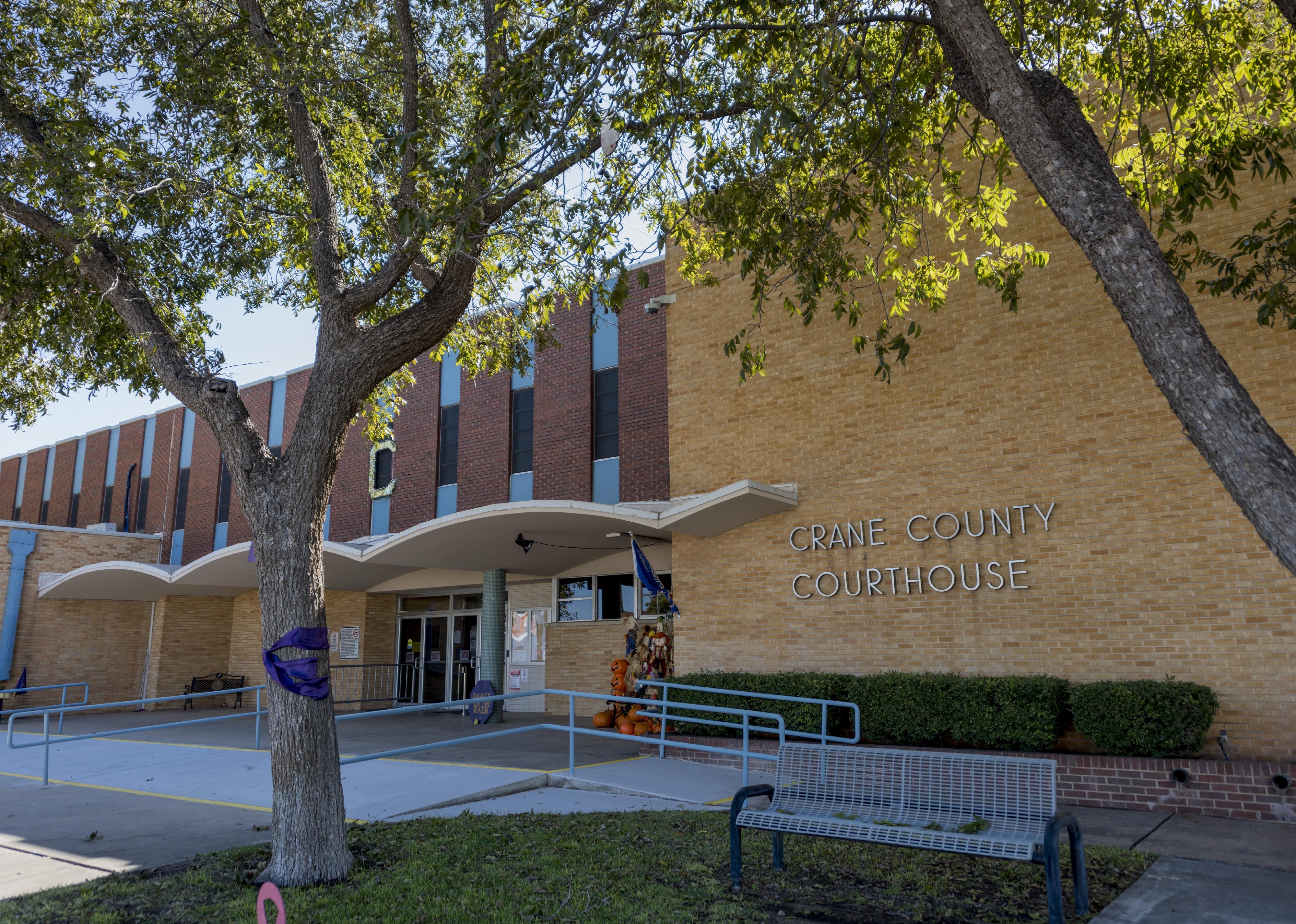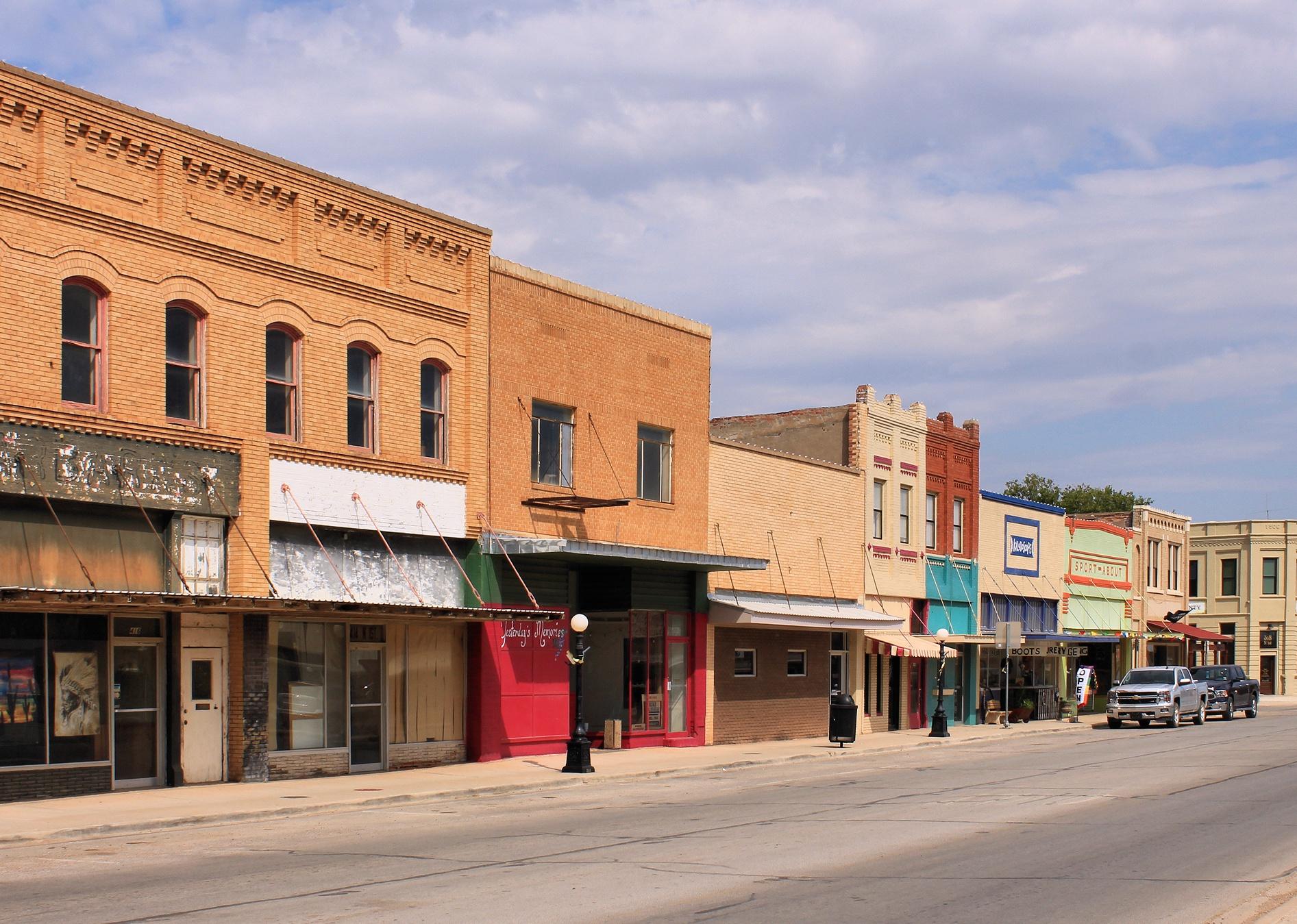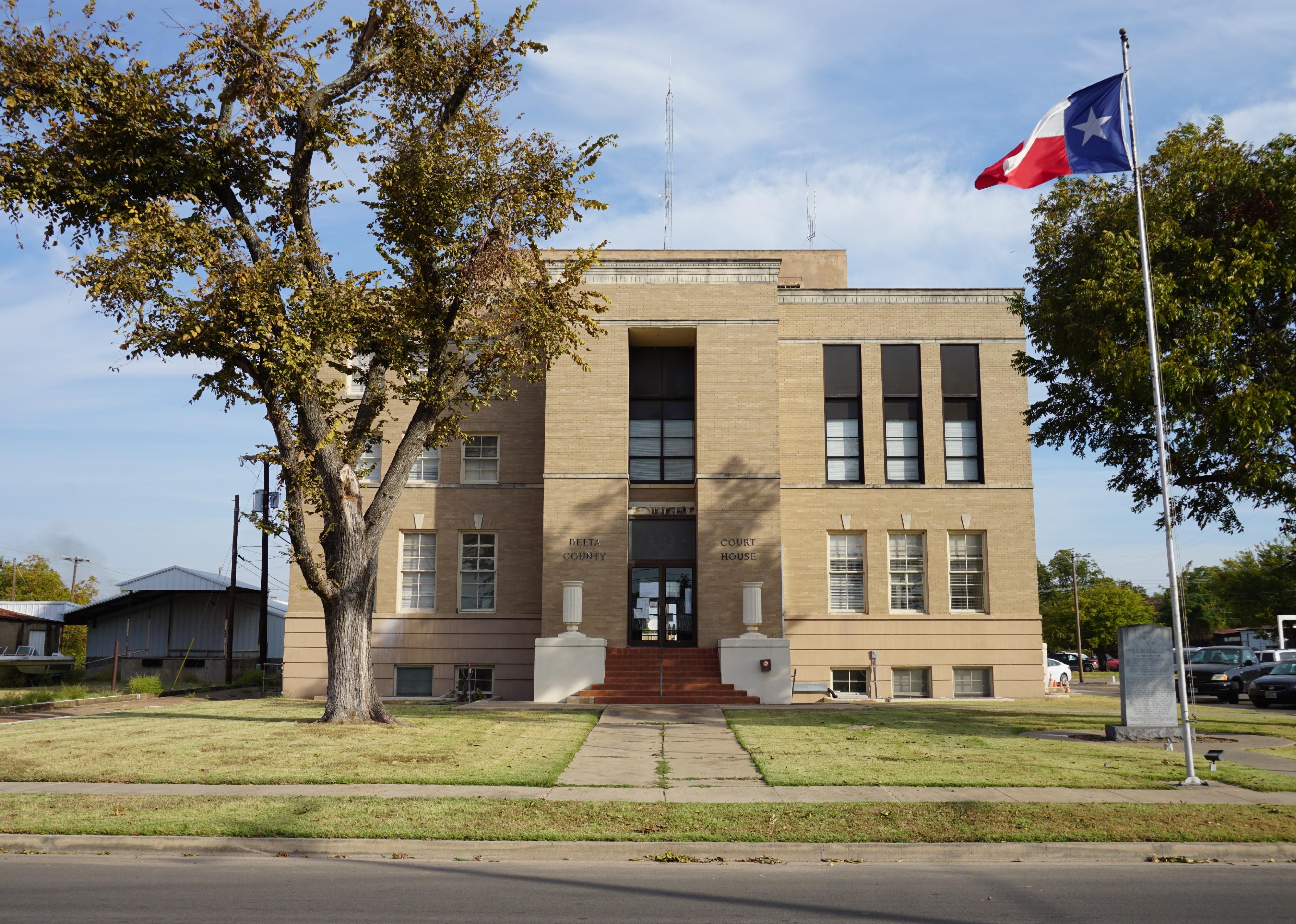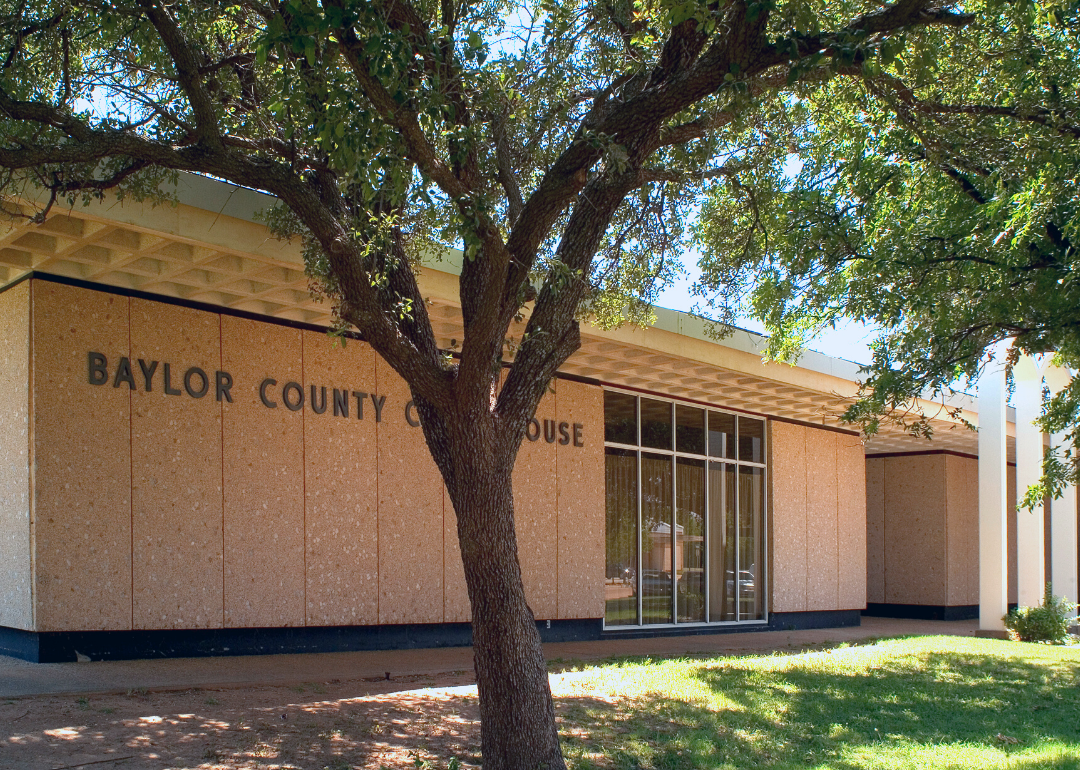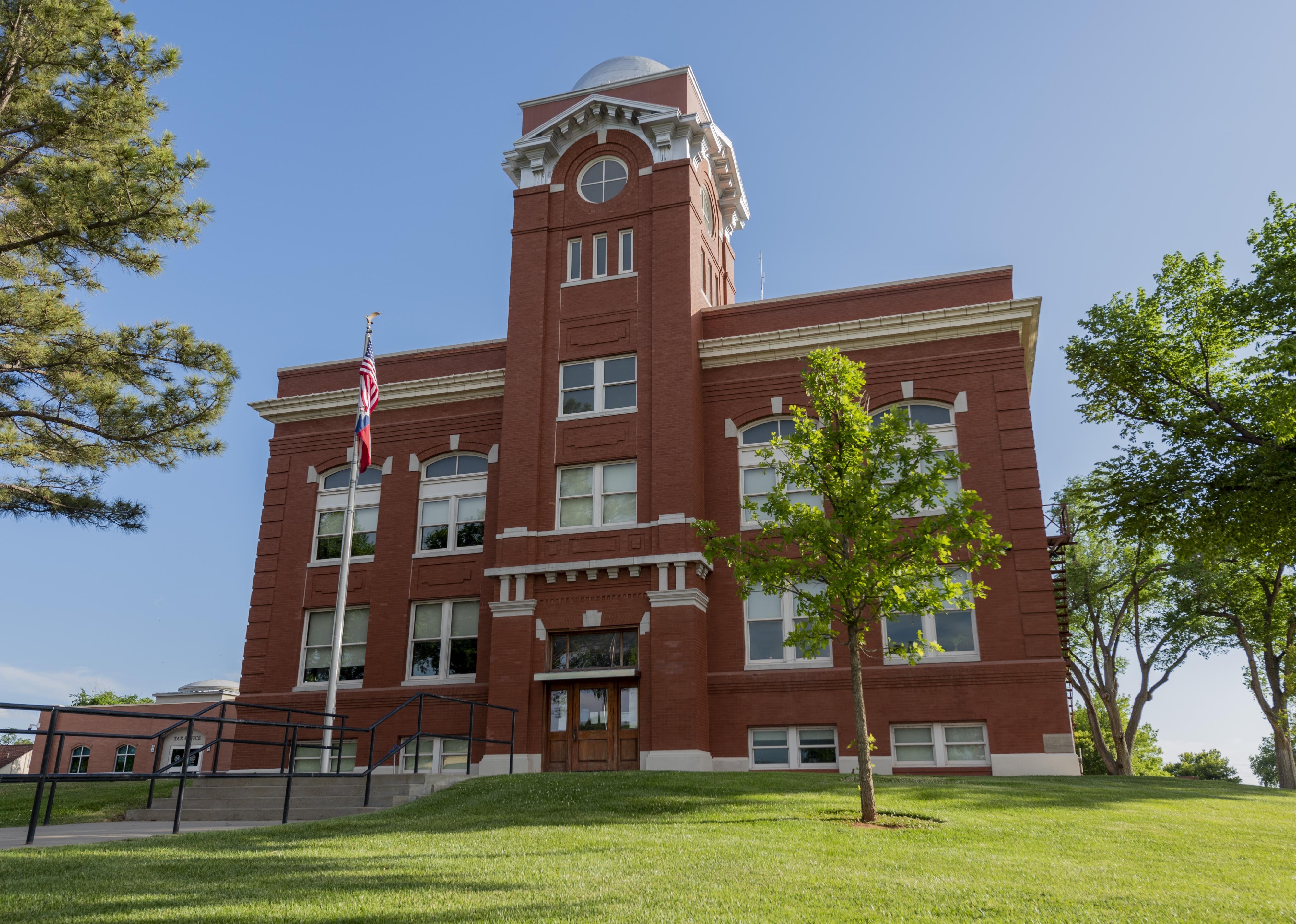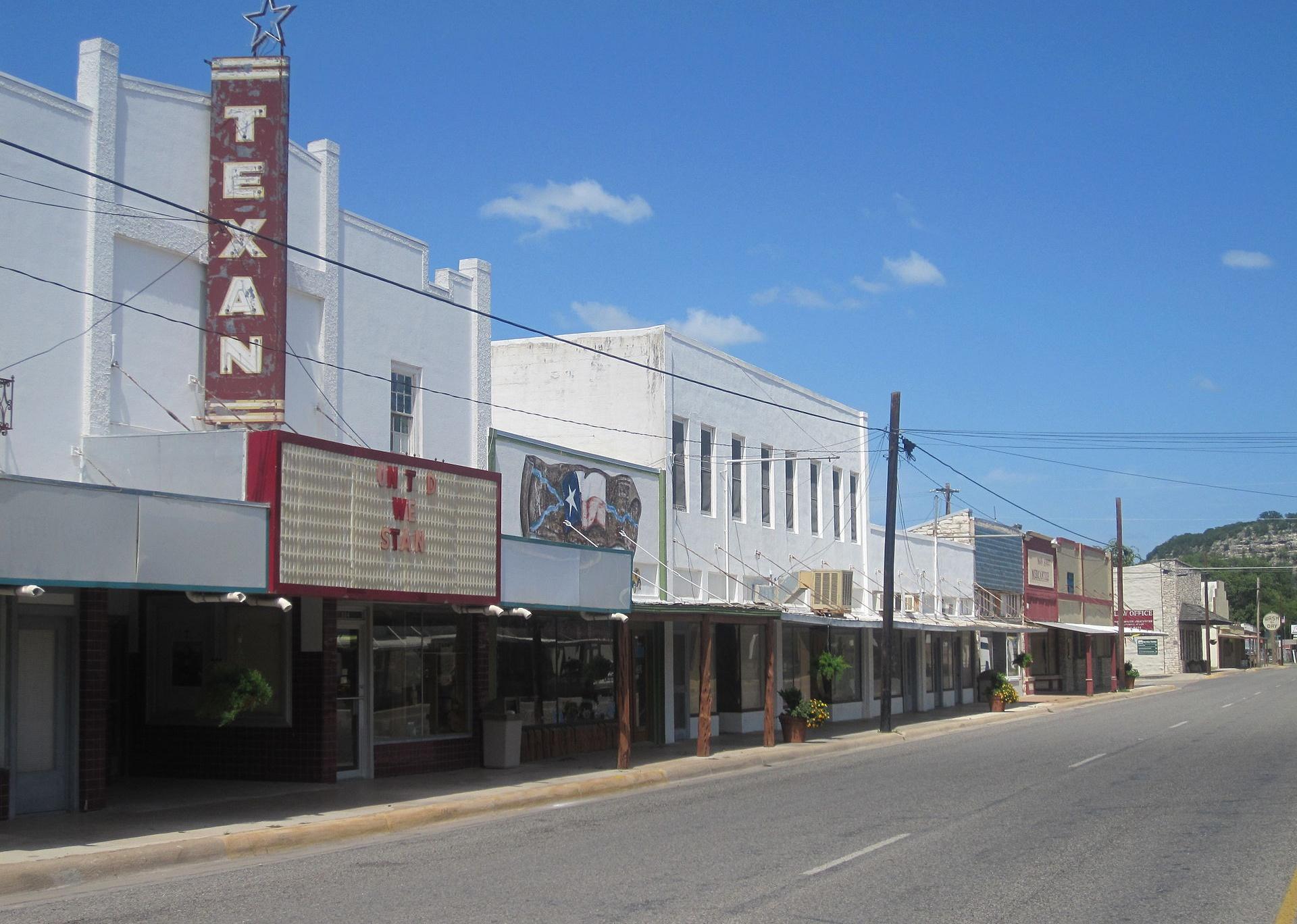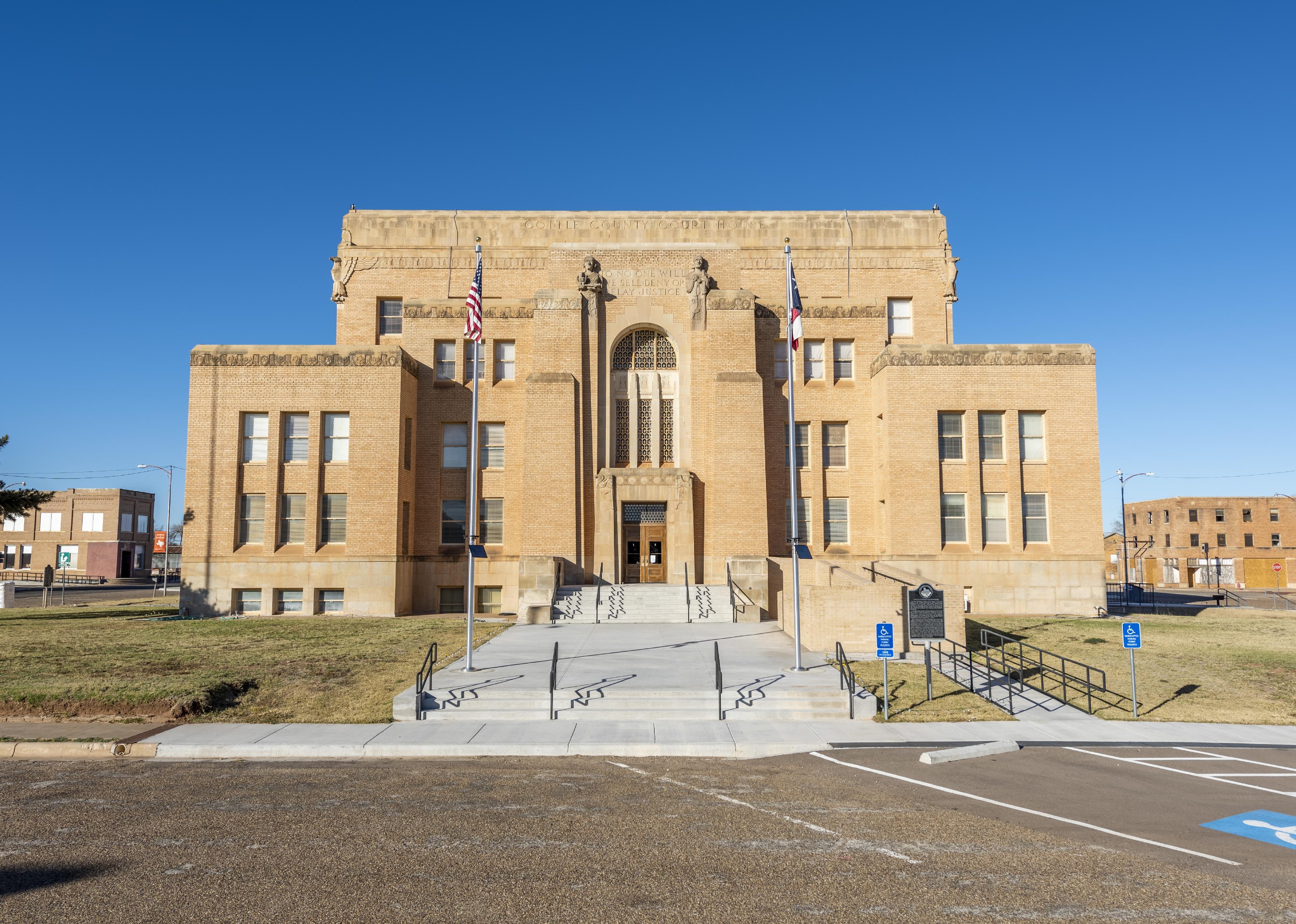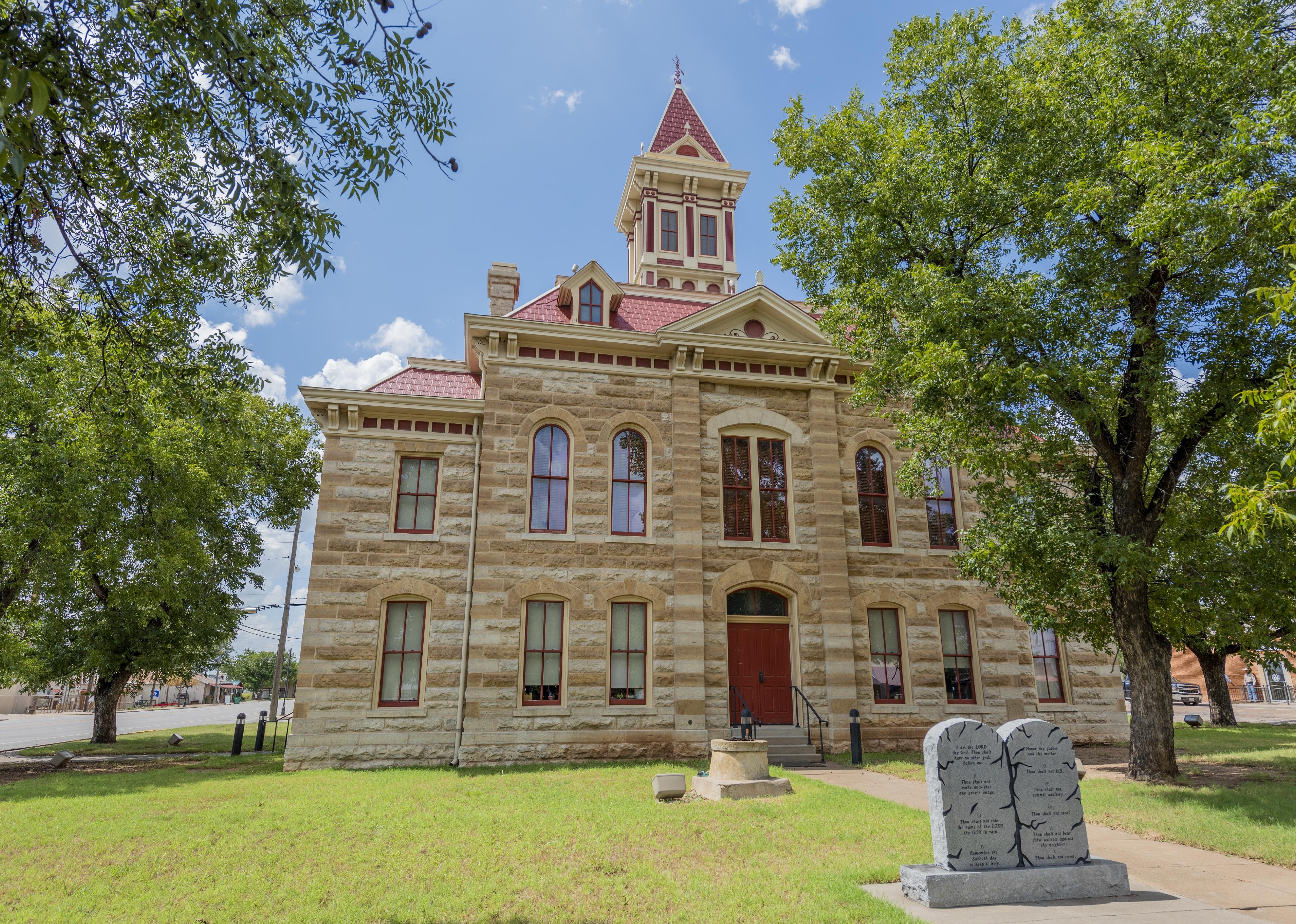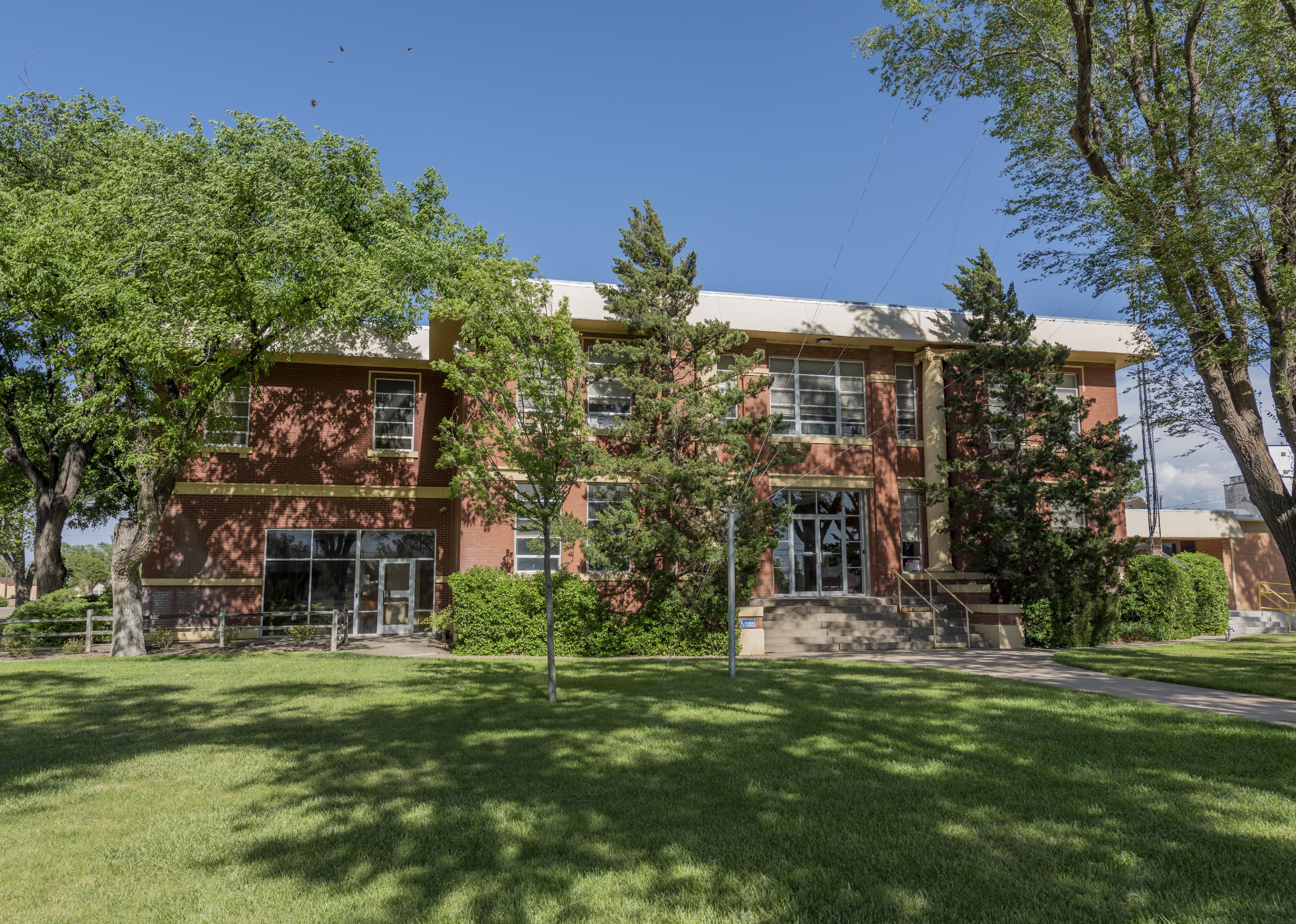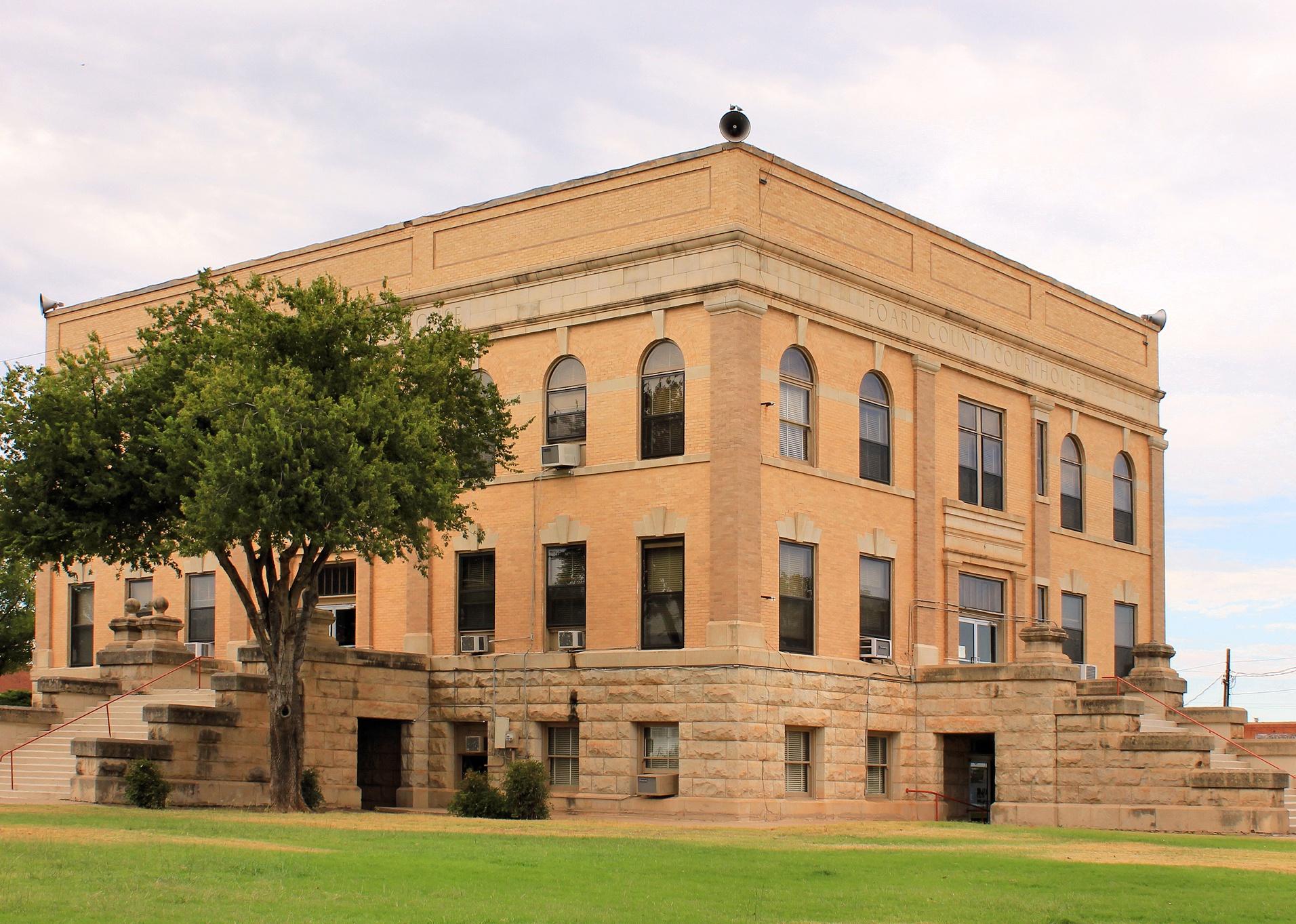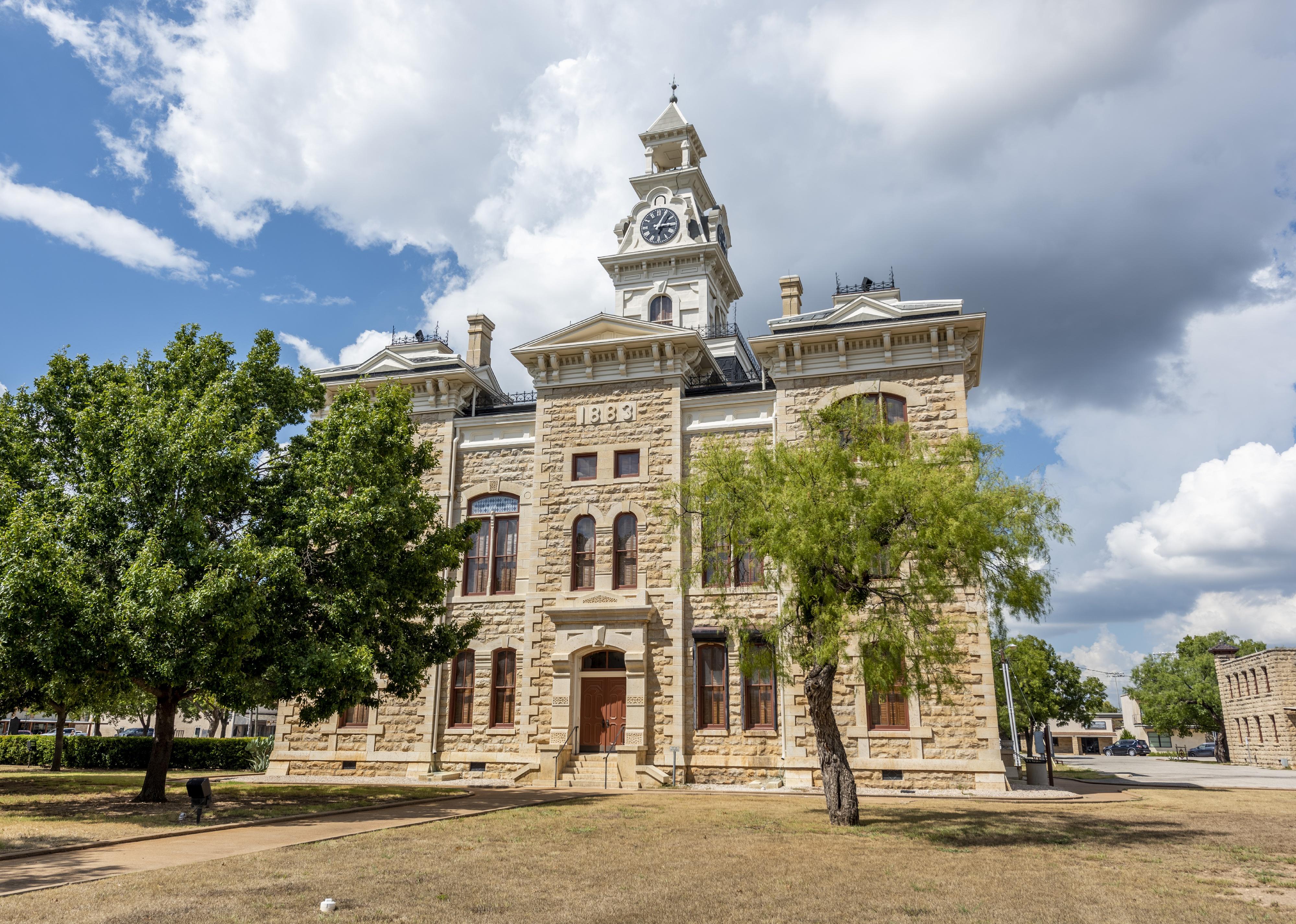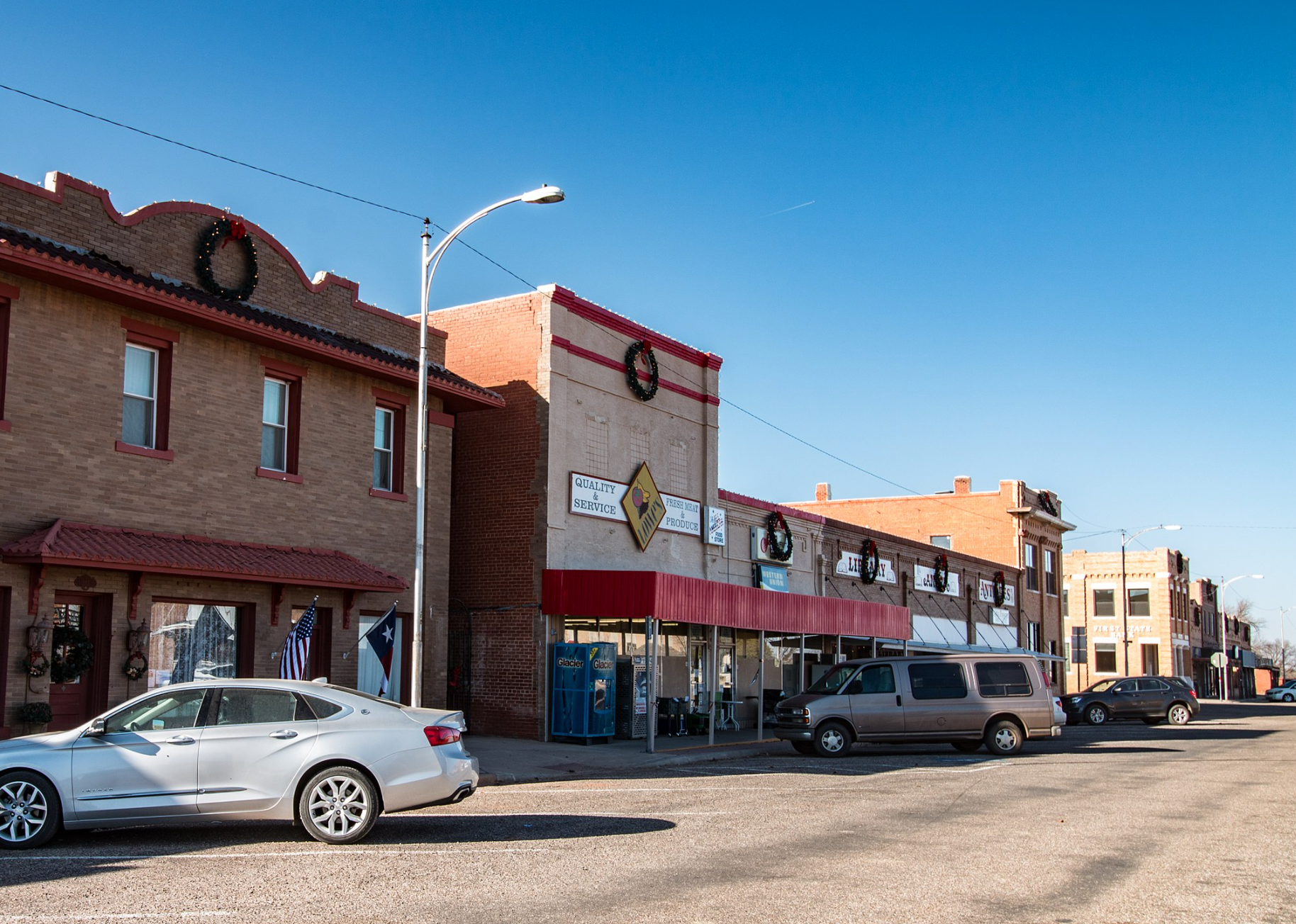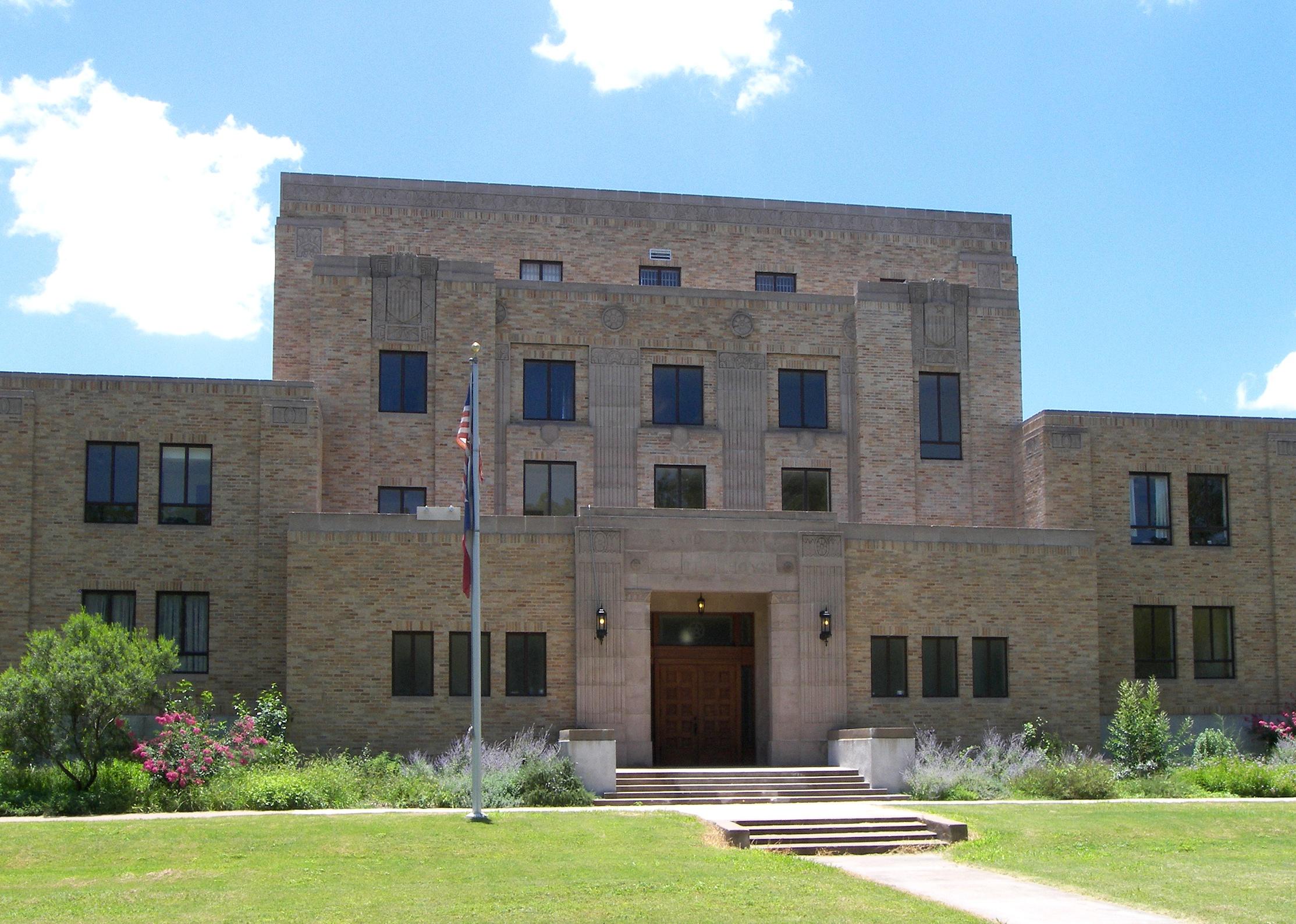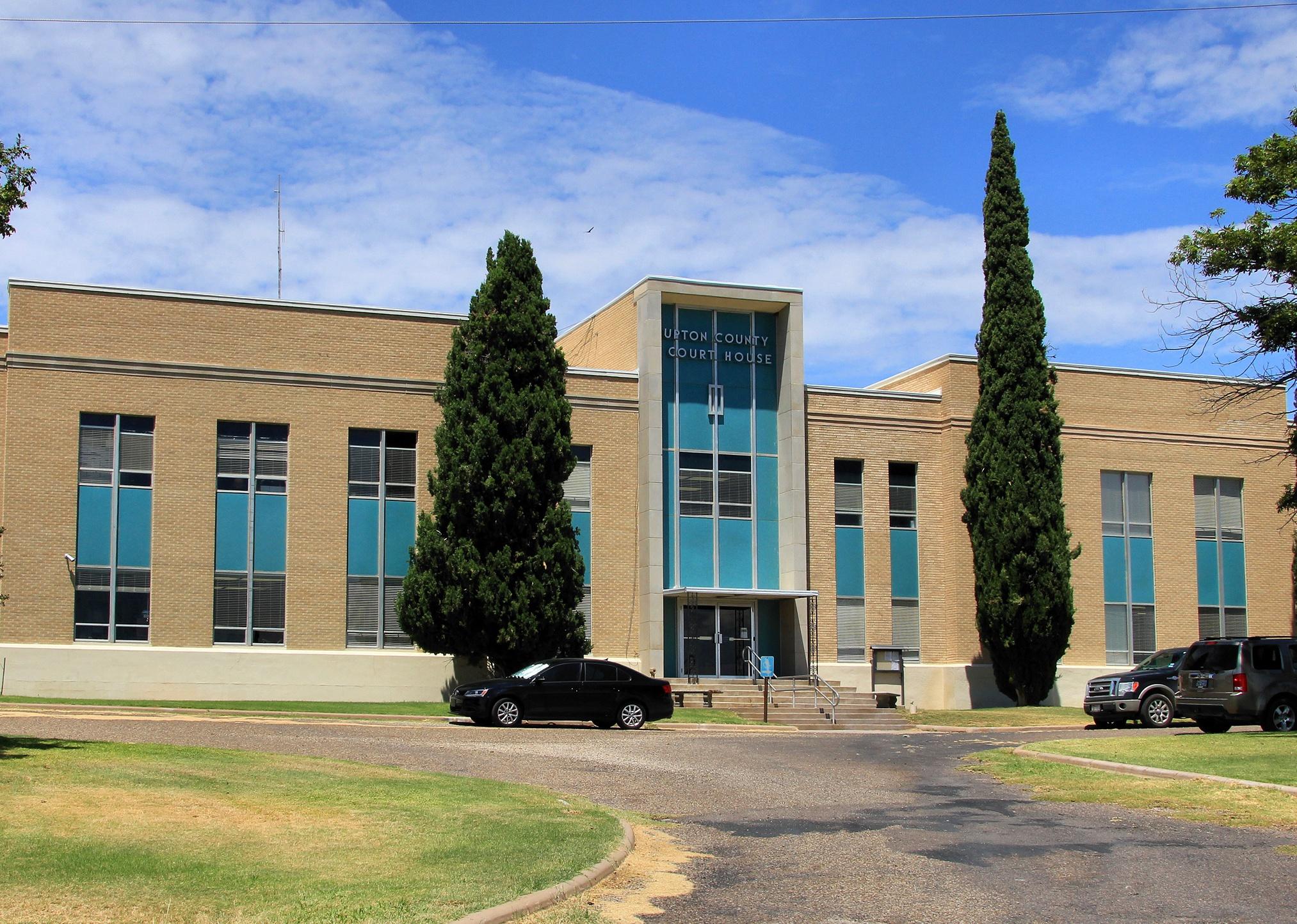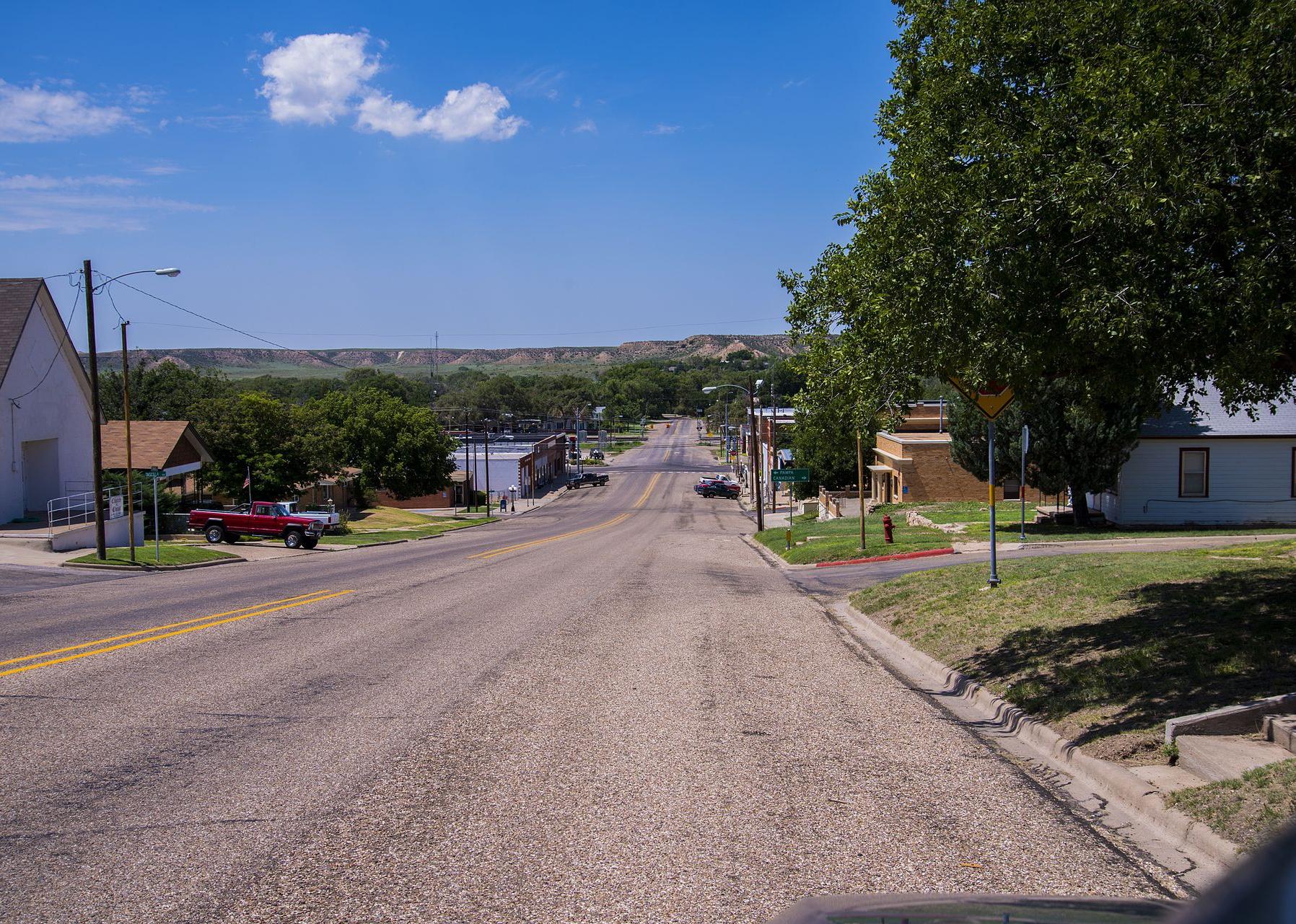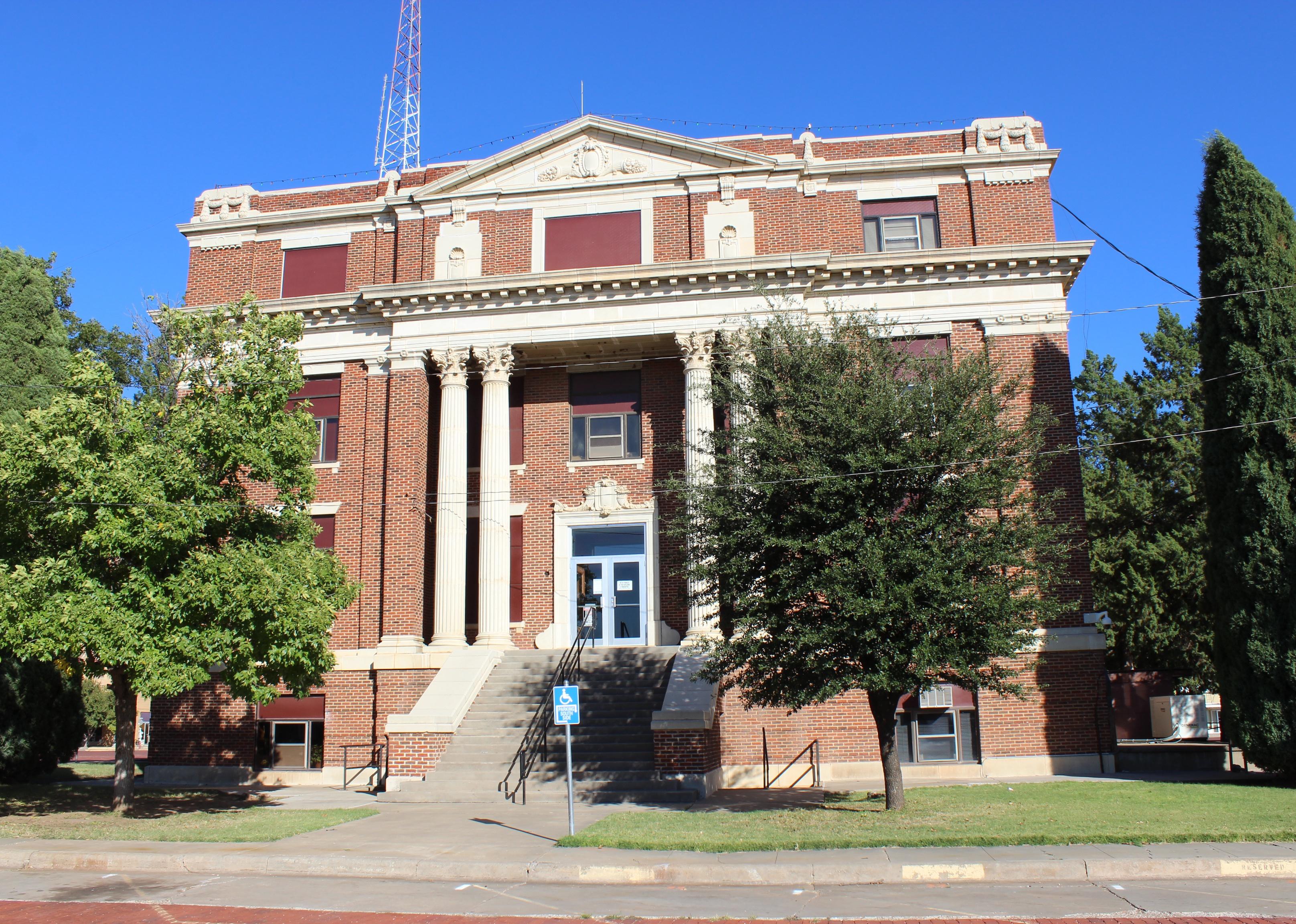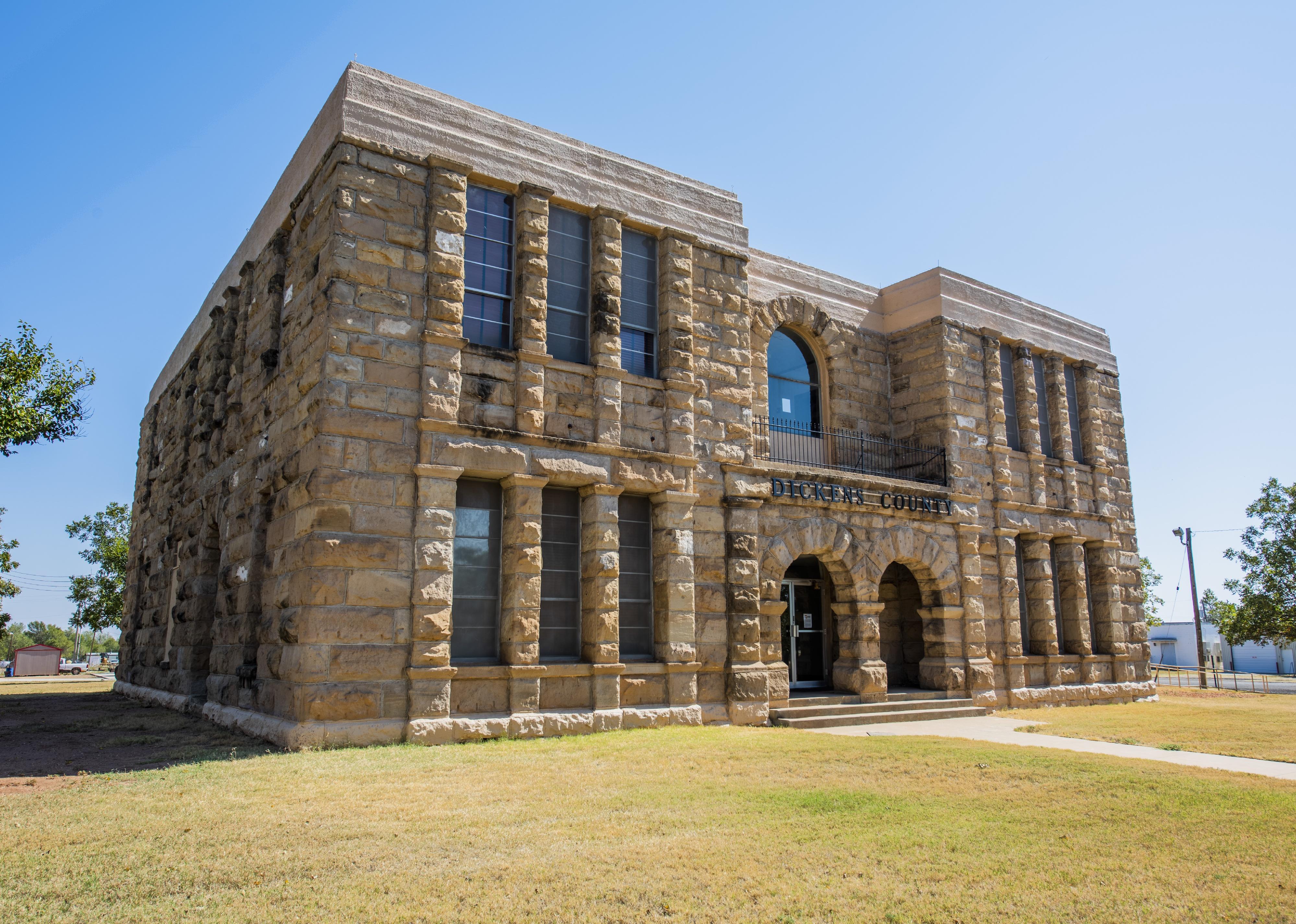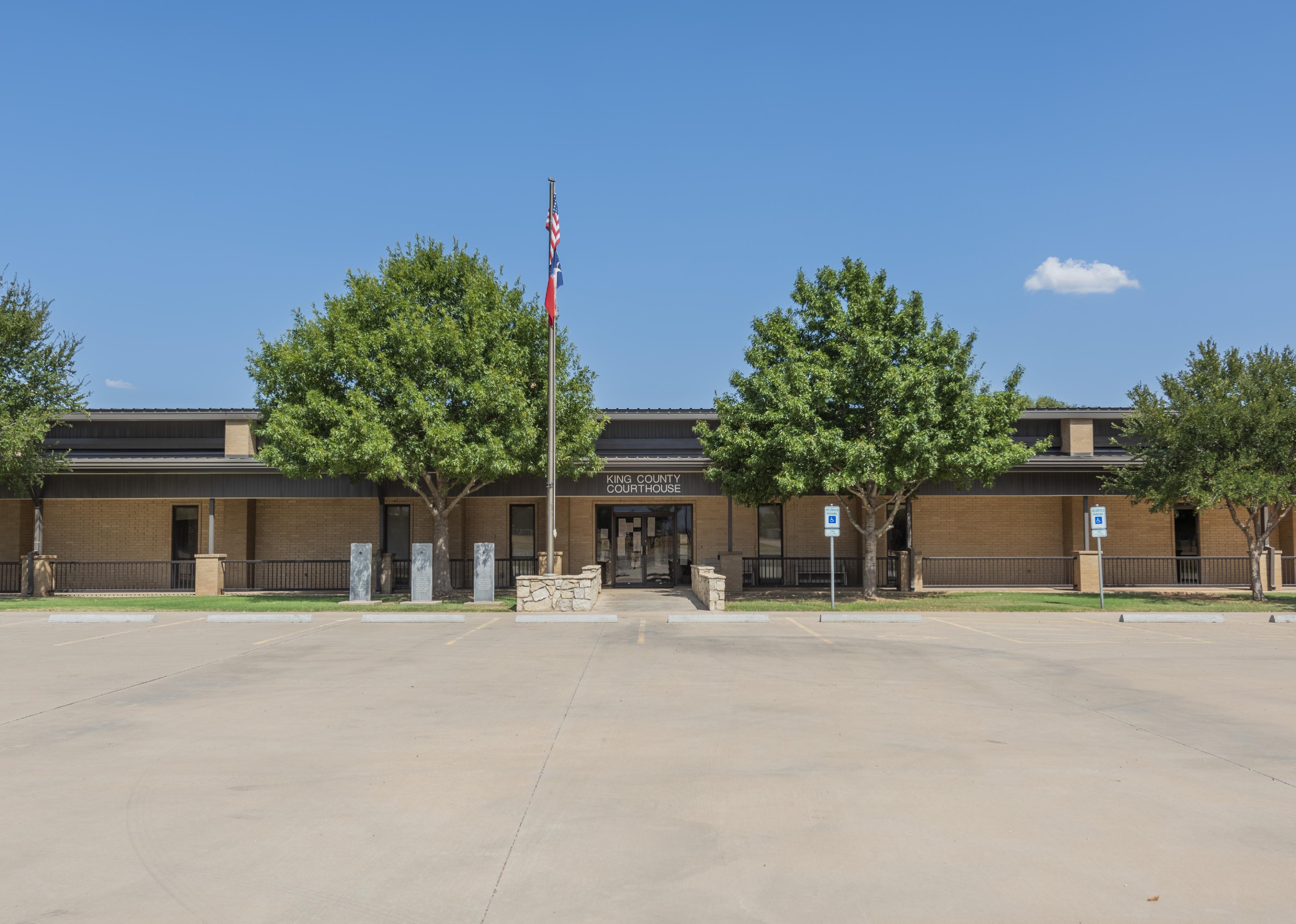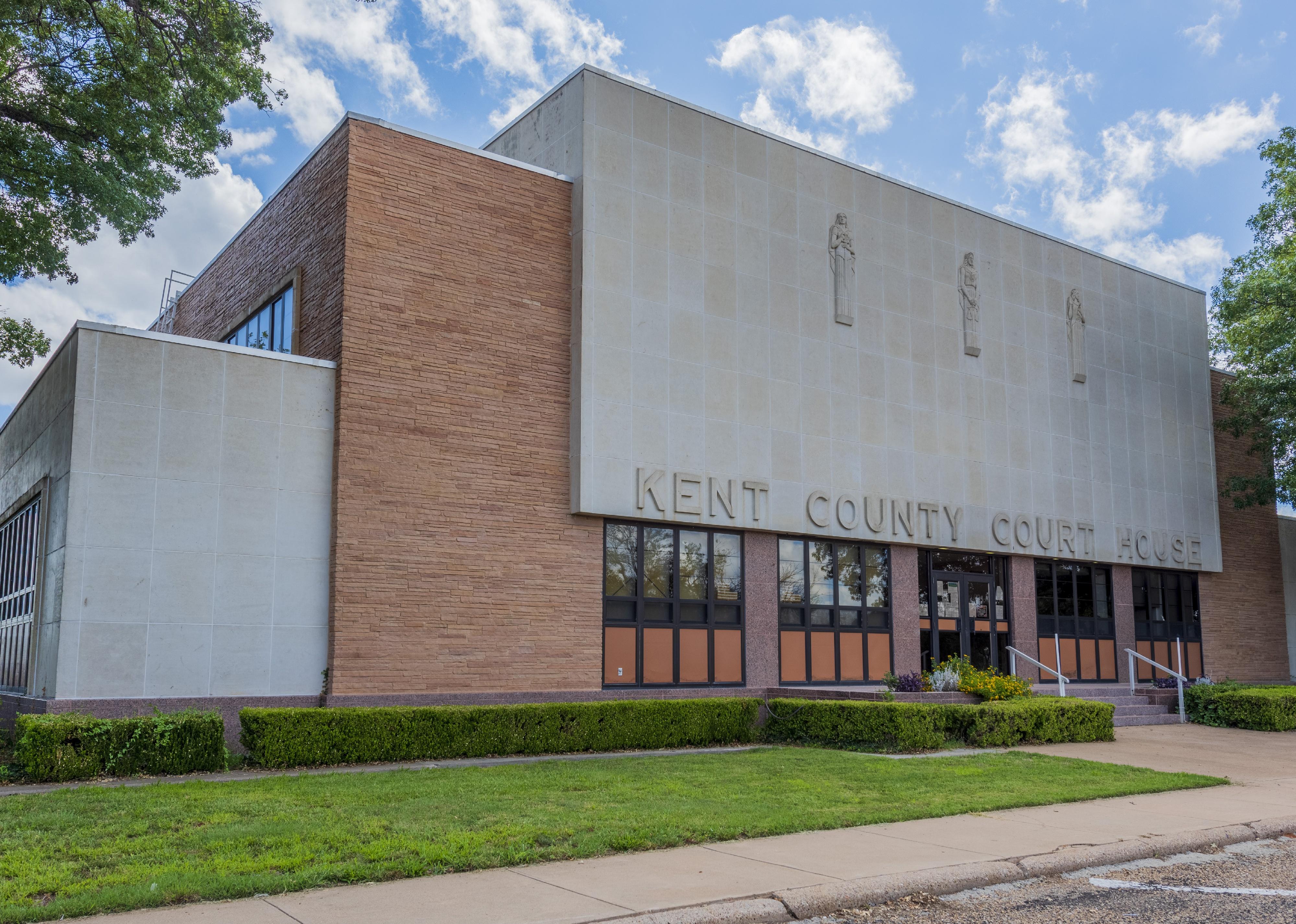Counties with the most emergency shelters in Texas
Aualliso // Wikimedia Commons
Counties with the most emergency shelters in Texas
As climate change drives weather to greater extremes, and devastating hurricanes, wildfires, droughts, and blizzards preoccupy an increasing number of Americans, it is hard to avoid comparing the reality of everyday news coverage to the computer-generated images seen in disaster movies.
Over the last 50 years, natural disasters have become five times more common due to climate change, according to the World Meteorological Organization. They’ve also become more economically debilitating—the five most expensive climate disasters in American history have all taken place over the last two decades.
The increasing frequency and severity of natural disasters means that the need for emergency evacuation and shelter plans has never been greater. According to the Federal Emergency Management Association, understanding your climate risk, or proximity to probable natural disaster, is an important first step for making a plan. Tools like the Climate Mapping for Resilience and Adaptation allow you to assess your risk by location.
Knowing where nearby emergency shelters are located is another way to prepare for the worst. In the event of flooding, hurricane-level winds, or other disasters, emergency shelters offer a place to sleep, and also often provide food, water, and first aid services. Stacker examined the Department of Homeland Security’s National Shelter System Facilities database to identify the counties with the most emergency shelters in Texas. Counties are ranked by emergency shelters per 100K people, with total capacity per 100K people serving as a tiebreaker.
![]()
Renelibrary // Wikimedia Commons
#50. Titus County
– Emergency shelters per 100K people: 57.5 (18 shelters in database)
– Emergency shelter capacity per 100K: 19,044,192 people (5,965,974 total capacity)
– Shelters with generators: 1
– Shelters in 100-year floodplain: 0
Larry D. Moore // Wikimedia Commons
#49. Refugio County
– Emergency shelters per 100K people: 58.6 (4 shelters in database)
– Emergency shelter capacity per 100K: 21,041,982 people (1,435,484 total capacity)
– Shelters with generators: 0
– Shelters in 100-year floodplain: 0
Liveon001 // Wikimedia Commons
#48. Jack County
– Emergency shelters per 100K people: 58.9 (5 shelters in database)
– Emergency shelter capacity per 100K: 20,680,822 people (1,756,629 total capacity)
– Shelters with generators: 0
– Shelters in 100-year floodplain: 0
en:User:Billy Hathorn // Wikimedia Commons
#47. Childress County
– Emergency shelters per 100K people: 59.0 (4 shelters in database)
– Emergency shelter capacity per 100K: 19,509,817 people (1,323,546 total capacity)
– Shelters with generators: 0
– Shelters in 100-year floodplain: 0
Aualliso // Wikimedia Commons
#46. Ochiltree County
– Emergency shelters per 100K people: 59.6 (6 shelters in database)
– Emergency shelter capacity per 100K: 21,147,650 people (2,128,088 total capacity)
– Shelters with generators: 0
– Shelters in 100-year floodplain: 0
Larry D. Moore // Wikimedia Commons
#45. Duval County
– Emergency shelters per 100K people: 60.0 (6 shelters in database)
– Emergency shelter capacity per 100K: 19,790,951 people (1,979,293 total capacity)
– Shelters with generators: 0
– Shelters in 100-year floodplain: 0
Canva
#44. Lamb County
– Emergency shelters per 100K people: 60.9 (8 shelters in database)
– Emergency shelter capacity per 100K: 20,483,395 people (2,692,952 total capacity)
– Shelters with generators: 0
– Shelters in 100-year floodplain: 0
Larry D. Moore // Wikimedia Commons
#43. Matagorda County
– Emergency shelters per 100K people: 63.3 (23 shelters in database)
– Emergency shelter capacity per 100K: 20,903,945 people (7,592,940 total capacity)
– Shelters with generators: 0
– Shelters in 100-year floodplain: 0
Larry D. Moore // Wikimedia Commons
#42. Montague County
– Emergency shelters per 100K people: 65.5 (13 shelters in database)
– Emergency shelter capacity per 100K: 22,565,325 people (4,479,217 total capacity)
– Shelters with generators: 0
– Shelters in 100-year floodplain: 0
Canva
#41. Collingsworth County
– Emergency shelters per 100K people: 67.8 (2 shelters in database)
– Emergency shelter capacity per 100K: 24,083,582 people (709,984 total capacity)
– Shelters with generators: 0
– Shelters in 100-year floodplain: 0
Larry D. Moore // Wikimedia Commons
#40. Bailey County
– Emergency shelters per 100K people: 71.8 (5 shelters in database)
– Emergency shelter capacity per 100K: 24,105,138 people (1,679,646 total capacity)
– Shelters with generators: 0
– Shelters in 100-year floodplain: 1
Larry D. Moore // Wikimedia Commons
#39. Callahan County
– Emergency shelters per 100K people: 72.6 (10 shelters in database)
– Emergency shelter capacity per 100K: 25,327,872 people (3,490,434 total capacity)
– Shelters with generators: 0
– Shelters in 100-year floodplain: 0
Aualliso // Wikimedia Commons
#38. Edwards County
– Emergency shelters per 100K people: 73.2 (1 shelters in database)
– Emergency shelter capacity per 100K: 26,074,524 people (356,178 total capacity)
– Shelters with generators: 0
– Shelters in 100-year floodplain: 0
Aualliso // Wikimedia Commons
#37. Hansford County
– Emergency shelters per 100K people: 75.0 (4 shelters in database)
– Emergency shelter capacity per 100K: 26,616,354 people (1,419,184 total capacity)
– Shelters with generators: 0
– Shelters in 100-year floodplain: 0
Aualliso // Wikimedia Commons
#36. Crosby County
– Emergency shelters per 100K people: 76.0 (4 shelters in database)
– Emergency shelter capacity per 100K: 26,256,733 people (1,382,417 total capacity)
– Shelters with generators: 0
– Shelters in 100-year floodplain: 0
Renelibrary // Wikimedia Commons
#35. Navarro County
– Emergency shelters per 100K people: 77.1 (40 shelters in database)
– Emergency shelter capacity per 100K: 26,456,074 people (13,732,819 total capacity)
– Shelters with generators: 1
– Shelters in 100-year floodplain: 0
Aualliso // Wikimedia Commons
#34. Wheeler County
– Emergency shelters per 100K people: 78.6 (4 shelters in database)
– Emergency shelter capacity per 100K: 27,090,768 people (1,379,191 total capacity)
– Shelters with generators: 0
– Shelters in 100-year floodplain: 0
Larry D. Moore // Wikimedia Commons
#33. Fisher County
– Emergency shelters per 100K people: 80.6 (3 shelters in database)
– Emergency shelter capacity per 100K: 28,336,371 people (1,054,113 total capacity)
– Shelters with generators: 0
– Shelters in 100-year floodplain: 0
Renelibrary // Wikimedia Commons
#32. Archer County
– Emergency shelters per 100K people: 81.2 (7 shelters in database)
– Emergency shelter capacity per 100K: 28,171,019 people (2,427,215 total capacity)
– Shelters with generators: 0
– Shelters in 100-year floodplain: 0
Adavyd // Wikimedia Commons
#31. Lamar County
– Emergency shelters per 100K people: 82.1 (41 shelters in database)
– Emergency shelter capacity per 100K: 27,723,650 people (13,842,973 total capacity)
– Shelters with generators: 6
– Shelters in 100-year floodplain: 0
Renelibrary // Wikimedia Commons
#30. La Salle County
– Emergency shelters per 100K people: 86.3 (6 shelters in database)
– Emergency shelter capacity per 100K: 28,710,164 people (1,997,079 total capacity)
– Shelters with generators: 0
– Shelters in 100-year floodplain: 0
Larry D. Moore // Wikimedia Commons
#29. Fannin County
– Emergency shelters per 100K people: 87.4 (31 shelters in database)
– Emergency shelter capacity per 100K: 28,960,520 people (10,267,373 total capacity)
– Shelters with generators: 0
– Shelters in 100-year floodplain: 0
Nicolas Henderson // Wikimedia Commons
#28. Knox County
– Emergency shelters per 100K people: 88.7 (3 shelters in database)
– Emergency shelter capacity per 100K: 29,720,361 people (1,005,737 total capacity)
– Shelters with generators: 0
– Shelters in 100-year floodplain: 0
Aualliso // Wikimedia Commons
#27. Donley County
– Emergency shelters per 100K people: 91.9 (3 shelters in database)
– Emergency shelter capacity per 100K: 32,071,831 people (1,047,466 total capacity)
– Shelters with generators: 1
– Shelters in 100-year floodplain: 0
ProfReader // Wikimedia Commons
#26. Gonzales County
– Emergency shelters per 100K people: 96.3 (19 shelters in database)
– Emergency shelter capacity per 100K: 14,919,696 people (2,942,164 total capacity)
– Shelters with generators: 0
– Shelters in 100-year floodplain: 0
Aualliso // Wikimedia Commons
#25. Mason County
– Emergency shelters per 100K people: 101.3 (4 shelters in database)
– Emergency shelter capacity per 100K: 34,421,201 people (1,358,949 total capacity)
– Shelters with generators: 0
– Shelters in 100-year floodplain: 0
Aualliso // Wikimedia Commons
#24. Crockett County
– Emergency shelters per 100K people: 102.1 (3 shelters in database)
– Emergency shelter capacity per 100K: 36,543,586 people (1,074,016 total capacity)
– Shelters with generators: 0
– Shelters in 100-year floodplain: 0
Aualliso // Wikimedia Commons
#23. Lynn County
– Emergency shelters per 100K people: 107.4 (6 shelters in database)
– Emergency shelter capacity per 100K: 36,408,305 people (2,034,132 total capacity)
– Shelters with generators: 0
– Shelters in 100-year floodplain: 0
Aualliso // Wikimedia Commons
#22. Crane County
– Emergency shelters per 100K people: 107.4 (5 shelters in database)
– Emergency shelter capacity per 100K: 38,886,420 people (1,809,774 total capacity)
– Shelters with generators: 0
– Shelters in 100-year floodplain: 0
Liveon001 // Wikimedia Commons
#21. Clay County
– Emergency shelters per 100K people: 107.5 (11 shelters in database)
– Emergency shelter capacity per 100K: 35,467,556 people (3,630,459 total capacity)
– Shelters with generators: 0
– Shelters in 100-year floodplain: 0
Larry D. Moore // Wikimedia Commons
#20. Haskell County
– Emergency shelters per 100K people: 110.7 (6 shelters in database)
– Emergency shelter capacity per 100K: 39,436,642 people (2,137,466 total capacity)
– Shelters with generators: 0
– Shelters in 100-year floodplain: 0
Michael Barera // Wikimedia Commons
#19. Delta County
– Emergency shelters per 100K people: 114.3 (6 shelters in database)
– Emergency shelter capacity per 100K: 37,505,447 people (1,969,411 total capacity)
– Shelters with generators: 0
– Shelters in 100-year floodplain: 0
Canva
#18. Baylor County
– Emergency shelters per 100K people: 114.6 (4 shelters in database)
– Emergency shelter capacity per 100K: 37,939,301 people (1,324,461 total capacity)
– Shelters with generators: 1
– Shelters in 100-year floodplain: 0
Aualliso // Wikimedia Commons
#17. Hemphill County
– Emergency shelters per 100K people: 115.9 (4 shelters in database)
– Emergency shelter capacity per 100K: 40,907,159 people (1,411,297 total capacity)
– Shelters with generators: 0
– Shelters in 100-year floodplain: 0
Billy Hathorn // Wikimedia Commons
#16. Kimble County
– Emergency shelters per 100K people: 116.4 (5 shelters in database)
– Emergency shelter capacity per 100K: 39,809,430 people (1,709,815 total capacity)
– Shelters with generators: 0
– Shelters in 100-year floodplain: 0
Aualliso // Wikimedia Commons
#15. Sutton County
– Emergency shelters per 100K people: 117.1 (4 shelters in database)
– Emergency shelter capacity per 100K: 40,381,592 people (1,379,839 total capacity)
– Shelters with generators: 0
– Shelters in 100-year floodplain: 0
Aualliso // Wikimedia Commons
#14. Cottle County
– Emergency shelters per 100K people: 128.2 (2 shelters in database)
– Emergency shelter capacity per 100K: 43,380,064 people (676,729 total capacity)
– Shelters with generators: 0
– Shelters in 100-year floodplain: 0
Aualliso // Wikimedia Commons
#13. Throckmorton County
– Emergency shelters per 100K people: 140.3 (2 shelters in database)
– Emergency shelter capacity per 100K: 49,842,917 people (710,760 total capacity)
– Shelters with generators: 0
– Shelters in 100-year floodplain: 0
Aualliso // Wikimedia Commons
#12. Oldham County
– Emergency shelters per 100K people: 177.7 (4 shelters in database)
– Emergency shelter capacity per 100K: 60,956,508 people (1,372,131 total capacity)
– Shelters with generators: 0
– Shelters in 100-year floodplain: 0
Larry D. Moore // Wikimedia Commons
#11. Foard County
– Emergency shelters per 100K people: 184.0 (2 shelters in database)
– Emergency shelter capacity per 100K: 62,145,262 people (675,519 total capacity)
– Shelters with generators: 0
– Shelters in 100-year floodplain: 0
Billy Hathorn // Wikimedia Commons
#10. Armstrong County
– Emergency shelters per 100K people: 202.0 (4 shelters in database)
– Emergency shelter capacity per 100K: 70,635,455 people (1,398,582 total capacity)
– Shelters with generators: 0
– Shelters in 100-year floodplain: 0
Aualliso // Wikimedia Commons
#9. Shackelford County
– Emergency shelters per 100K people: 222.6 (7 shelters in database)
– Emergency shelter capacity per 100K: 78,425,024 people (2,466,467 total capacity)
– Shelters with generators: 2
– Shelters in 100-year floodplain: 0
Renelibrary // Wikimedia Commons
#8. Motley County
– Emergency shelters per 100K people: 236.4 (3 shelters in database)
– Emergency shelter capacity per 100K: 78,883,294 people (1,001,029 total capacity)
– Shelters with generators: 0
– Shelters in 100-year floodplain: 0
Larry D. Moore // Wikimedia Commons
#7. Menard County
– Emergency shelters per 100K people: 252.4 (5 shelters in database)
– Emergency shelter capacity per 100K: 72,170,066 people (1,429,689 total capacity)
– Shelters with generators: 0
– Shelters in 100-year floodplain: 0
Larry D. Moore // Wikimedia Commons
#6. Upton County
– Emergency shelters per 100K people: 269.5 (9 shelters in database)
– Emergency shelter capacity per 100K: 97,742,156 people (3,264,588 total capacity)
– Shelters with generators: 0
– Shelters in 100-year floodplain: 0
Austin Lamar Allison // Wikimedia Commons
#5. Roberts County
– Emergency shelters per 100K people: 276.2 (2 shelters in database)
– Emergency shelter capacity per 100K: 93,799,448 people (679,108 total capacity)
– Shelters with generators: 0
– Shelters in 100-year floodplain: 0
Liveon001 // Wikimedia Commons
#4. Hall County
– Emergency shelters per 100K people: 278.3 (8 shelters in database)
– Emergency shelter capacity per 100K: 93,153,043 people (2,678,150 total capacity)
– Shelters with generators: 0
– Shelters in 100-year floodplain: 0
Aualliso // Wikimedia Commons
#3. Dickens County
– Emergency shelters per 100K people: 318.7 (5 shelters in database)
– Emergency shelter capacity per 100K: 108,838,050 people (1,707,669 total capacity)
– Shelters with generators: 0
– Shelters in 100-year floodplain: 0
Aualliso // Wikimedia Commons
#2. King County
– Emergency shelters per 100K people: 436.7 (1 shelters in database)
– Emergency shelter capacity per 100K: 141,039,738 people (322,981 total capacity)
– Shelters with generators: 0
– Shelters in 100-year floodplain: 0
Aualliso // Wikimedia Commons
#1. Kent County
– Emergency shelters per 100K people: 474.7 (3 shelters in database)
– Emergency shelter capacity per 100K: 166,676,266 people (1,053,394 total capacity)
– Shelters with generators: 0
– Shelters in 100-year floodplain: 0
